Page 177 of 302

_& WARNING
Not using a child safety seat, using the
wrong child safety seat or improperly in stalling a child restraint increases the risk
of serious personal injury and death in a
crash.
- Never install rear-facing child safety
seats or infant carriers on the front pas
senger seat - even with an Advanced Air
bag System. A child wilt be seriously in
jured and can be killed when the inflat
ing airbag hits the child safety seat or in
fant carrier with great force and smashes
the child safety seat and child against
the backrest, center armrest, door or
roof¢
page 147, Child restraints on the
front seat -some important things to
know.
- Always install rear-facing child safety
seats or infant carriers on the rear seat.
- Never install a rear-facing child restraint
in the forward-facing direction. Such re
straints are designed for the special needs of infants and very small children
and cannot protect them properly if the
seat is forward-facing.
- If you must install a rearward facing
child safety seat on the front passenger
seat because of exceptional circumstan
ces and the
PASSENGER AIR BAG OFF
light does not come on and stay on, im
mediately install the rear-facing child
safety seat in a rear seating position and
have the a irbag system inspected by your
Audi dealer.
- Always read and heed all WARNINGS
whenever using a child restrained in ave
hicle is being used
¢page 137, Safety
belts,¢ page 145, Airbag system
and
¢ page 169, Important things to know.
Child Safety 175
Convertible child safety seats
Properly used convertible child safety seats
can help protect toddlers and children over
age one who weigh between 20 and 40 lbs. (9
and 18 kg) in a crash .
Fig. 159 Schematic overview: installat ion of the at
tachments applicable to a LATCH seat
Fig. 160 Schematic overview: instal latio n of the seat
using the vehicl e's safety belt system
.,. When using the vehicle safety belt to install
a child safety seat, you must first activate
the convertible locking feature on the safety
belt to prevent the child safety seat from
moving <=>
page 178 or install the seat using
the LATCH attachments.
.,. Push the child safety seat down with your
full weight to get the safety belt realty tight
so that the seat cannot move forward or
sideways more than one inch (2.5 cm)
¢page 178.
.,. If the child safety seat is equipped with a
tether strap, attach it to the tether anchors
¢page 185.
A toddler or child is usually too large for an in
fant restraint if it is more than one year old
and weighs more than 20 lbs. (9 kg).
Toddlers and children who are older than one
year up to about 4 years old and weigh more
~
Page 178 of 302

176 Child Safety
than 20 lbs (9 kg) up to 40 lbs. (18 kg) must
a lways be properly restrai ned in a chi ld safety
seat certified for the ir s ize and wei ght
¢
fig. 159 and ¢ fig. 160.
The airba g on the passen ger side makes the
front seat a potentially dangerous place for a
chi ld to r ide. The front seat is not the safest
place for a child in a forward-facing child safe
ty seat. It is a very dan gerous plac e for an in
fant or a larger child in a rearward-fac ing seat.
A WARNING
Not using a ch ild safety seat, using the
wrong ch ild safety seat or improperly in
stall ing a child restraint increases the risk
of serious personal injury and death in a
co llision or other eme rgency s ituation.
- Children on the front seat of any car,
even w ith Advanced A irbags, can be seri
o usly inju red or even killed when an a ir
bag inflates. A child in a rearward-facing
child safety seat installed on the front
passenger seat w ill be seriously injured
and can be k illed if the front a irbag in
flates -even with an Advanced Airbag
System.
- The inflating a irbag will hit the child
safety seat or infant car rier with great
force and w ill smash the ch ild safety seat
and child against the backrest, cente r
arm rest, door o r roof.
- Always install rear-facing child safety
seats on the rear sea t.
- If you must install a rearward facing
child safety seat on the front passenger
sea t because of excep tional circ ums tan
c es and the
PASSENGER AIR BAG OFF
light does not come on and stay on, im
mediately install the rea r-facin g child
safety seat in a rear seating position and
have the airbag system inspected by your
Audi dealer.
- Always read and heed all WARNI NGS
whenever using a child restrained in ave
hicle is being used¢
page 137, Safety
belts,¢ page 145, Airbag system
and
¢ page 169, Important things to know.
A WARNING
If exceptional circumstances require the
use of a fo rward-facing child restraint on
the front passenge r's seat, the child's safe
ty and well-being require t hat the follow
i ng spe cial preca utions be ta ken:
- Make sure t he forward-facing seat has
been designed and cert ified by its man u
facturer fo r use on a front seat with a
p assenger front and side airbag.
- Always follow the manufacturer' s in
s truc tions prov ided with t he ch ild safety
seat o r infant ca rr ier.
- Always move the front passenger seat in
to the rearmos t position of the passen
ge r seat's fore and aft adjustment range,
and as far away from the airbag as possi
b le before installing the ch ild restraint.
- Always ma ke sure that no thing prevents
the front passenger 's seat from being
moved to the rea rmost pos ition in its
fore and aft ad justment range.
- Always make sure the bac krest is in an
upright pos ition.
- Make sure that the
PASSENGER AIR BAG
OFF
li ght comes on and stays on all the
time whenever the ignit ion is switched
on.
- I f the light does not stay on, perform the
checks¢
page 156, Monitoring the Ad
vanced Airbag System.
- Ta ke the chi ld restraint off the front pas
senger seat and install it properly at one
of the rear seat positions if the
PASSEN
GER AIR BAG OFF
l ight does not stay on
wheneve r the ignit ion is switched on.
-
Page 179 of 302

Booster seats and safety belts
Properly used booster seats can help protect
children weighing between about 40 lbs. and
80 lbs. (18 kg and 36 kg) who are less than 4
ft. 9 in. (57 inches/1 .45 meters) tall.
Fig. 161 Rear seat: child prope rly restrained in a boos
ter seat
The vehicle's safety belts alone will not fit
most children until they are at least 4
ft. 9 in .
(57 inches/1.45 meters) tall and weigh about
80 lbs. (36 kg). Booster seats raise these chil
dren up so that the safety belt will pass prop
erly over the stronger parts of their bodies
and the safety belt can help protect them in a
crash.
.,. Do not use the convertible locking retractor
when using the vehicle's safety belt to re
strain a child on a booster seat .
.. Always position the shou lder portion of the
safety belt midway over the child's shoulder.
If you must transport an older child in a
booster seat on the front passenger seat,
you can use the safety belt he ight adjust
ment to help adjust the shoulder portion
properly .
.. Always make sure that the shoulder portion
of the safety belt never rests against or
across the child's neck .
.. Always make sure that the child can properly
wear the lap portion of the be lt low across
the thighs or pelvis and
never over the
stomach or abdomen.
Children up to at least 8 years old (over 40 lbs
or 18 kg) are best protected in chi ld safety
seats designed for their age and weight. Ex pe rts say that the ske letal structure, particu
larly the pelvis, of these ch ildren is not fully
Child Safety 17 7
developed, and they must not use the vehicle
safety belts without a suitable child restraint.
It is usually best to put these child ren in ap
propriate booster seats. Be sure the booster
seat meets all applicable safety standa rds.
Booster seats raise the seat ing posit ion of the
child and reposition both the lap and shoulder
parts of the safety belt so that they pass
across the child's body in the right p laces. The
routing of the belt over the child's body is very
important for the child's protect ion, whether
or not a booster seat is used. Children age 12
and under must always ride in the rear seat.
Children who are at least 4
ft. 9 in. (57 in
ches/1.45 meters) tall can generally use the
vehicle 's three point lap and shoulder belts.
Never use the lap belt portion of the vehicle's
safety belt alone to restrain any child, regard
less of how big the ch ild is. Always remember
that children do not have the pronounced pel
vic structure required for the pro per function
of lap belt portion of the vehicle's three point
lap and shoulde r belts. The child's safety ab
solutely requires that a lap belt portion o f the
safety belt be fastened snugly and as low as
possible around the pelvis. Never let the lap
belt portion of the safety belt pass over the
child's stomach or abdomen .
In a crash, airbags must inflate within a blink
of an eye and with considerable force. In order
to do its job, the a irbag needs room to inflate
so that it will be there to protect the occupant
as the occupant moves forward into the air
bag.
A vehicle occupant who is out of position and
too close to the a irbag gets in the way of an
inflating airbag. When an occupant is too
close, he or she will be st ruck violently and
will receive serious or possibly even fatal in
Jury.
In order for the airbag to offer protection, it is
im portant that all veh icle occupants, espec ial-
ly any children, who must be in the front seat
be cause of exceptiona l circumstances, be
properly restrained and as far away from the
airbag as possible. By keeping room between ..,_
Page 180 of 302

178 Child Safety
the child's body and the front of the passen
ger compartment, the airbag can inflate comp lete ly and provide supp lemental protection
in certain fronta l collisions .
A WARNING
Not using a booster seat, us ing the boos
ter seat improperly, incorrect ly install ing a
booster seat or using the vehicle safety
belt improperly increases the risk of seri
ous personal injury and death in a col lision
or other eme rgency s ituation. To help re
duce the risk of ser ious persona l injury
and/or death:
- Always make su re to position the should
er portion of the three -point belt over
the midd le of child's sho ulder.
- Never le t the shoulder port ion of the belt
rest against or across the neck, face,
chin, or throat of the child.
- Always make su re the lap belt portion of
the three-po int be lt is worn sn ug and
passes as low as possib le across the
child's pelvis. Never let the belt pass over
the soft abdomen.
- Failure to properly route safety belts
over a ch ild's body will cause severe inju
ries in an acc ident or other emergency
situation
c;,page 137.
-Children on the front seat of any car,
even w ith Advanced A irbags, can be seri
ous ly injured or even killed when an a ir
bag inflates.
- Never let a child stand or knee l on any
seat, for example the front seat.
- Never let a child ride in the cargo area of
your vehicle.
- Always remember that a ch ild lean ing
forward, sitt ing s ideways or out of posi
t ion i n any way during an acc ident can be
struck by a deploying airbag . This will re
sult in serious personal injury o r death.
- If you must install a booster seat on the
front passenger seat because of excep
tional circumstances the
PASSENGER
AIR BAG OFF
light must come on and
stay on, whenever the ignition is sw itch
ed on .
-
-If the PASSENGER AIR BAG OF F light
does not come on and stay on, perform
the checks described
c;, page 156, Moni
toring the Advanced Airbag System.
- Take the child restraint off the front pas
senger seat and install it properly at one
of the rear seat positions if the
PA SSEN
GER AIR BAG OFF
light does not stay on
whenever the ignit ion is switched on.
- Always read and heed all WARNINGS
whenever us ing a child restrained in ave
hicle is being used
¢ page 137, Safety
belts,
c;, page 145, Airbag system and
c;, page 169, Important things to know.
Installing a child safety
seat
· Securing a child safety seat using a
safety belt
Safety belts for the rear seats and the front
passenger can be locked with the convertible locking retractor to properly secure child
safety seats.
The safety belts emergency locking retractors
for the rear seats safety belts and for the
front passenger's seat safety be lt have a con
vertib le locking retractor for child restraints .
The safety belt must be locked so that be lt
webbing cannot unreel. The retractor can be
activated to lock the safety belt and prevent
the safety belt webbing from loosening up
during normal dr iving . A child safety seat can
o n ly be properly instal led when the safety belt
is locked so that the chi ld and child safety
seat w ill stay in place .
Always remember : Even though your vehicle is
equipped with an Advanced Airbag system, all
child ren, especially those 12 years and young
er, shou ld always r ide in the back seat prope r
ly restrained for the ir age and size.
A WARNING
Improperly installed chi ld safety seats in
crease the risk of serious personal injury
and death in a co llision. -
Page 181 of 302

-Always make sure that the safety belt re
tractor is locked when installing a child
safety seat. An unlocked safety belt re
tractor cannot hold the child safety seat
in place during normal driving or in a
crash .
- Always buckle the child safety seat firmly
in place even if a child is not sitting in it.
A loose child safety seat can fly around
during a sudden stop or in a collision.
- Always make sure that the rear seat
backrest to which the center rear safety
belt is attached is securely latched when
ever the rear center safety belt is being
used to secure a child restraint.
- If the backrest is not securely latched,
the child and the child restraint will be
thrown forward together with the back
rest and will strike parts of the vehicle
interior. The child can be seriously in
jured or killed.
- Never install rear-facing child safety
seats or infant carriers on the front pas
senger seat. A child will be seriously in
jured and can be killed when the passen ger airbag inflates .
- The inflating airbag will hit the child
safety seat or infant carrier with great
force and will smash the child safety seat
and child against the backrest, center
armrest, door or roof.
- Always install rear-facing child safety
seats or infant carriers on the rear seat.
- Forward-facing child safety seats or in
fant carriers installed on the front pas
senger's seat may interfere with the de
ployment of the airbag and cause serious
injury to the child.
- It is safer to install a forward-facing
child safety seat on the rear seat.
- Always read and heed all WARNINGS
whenever using a child restrained in ave
hicle is being used
¢page 169. Special
precautions apply when installing a child
safety seat on the front passenger seat
¢ page 147, Child restraints on the front
seat -some important things to know.
Child Safety 1 79
A WARNING
-
Always take special precautions if you
must install a forward or rearward -facing
child restraint on the front passenger's
seat in exceptional situations:
- Whenever a forward or rearward -facing
child restraint is installed on the front
passenger seat, the
PASSENGER AIR
BAG OFF
light must come on and stay on
whenever the ignition is switched on.
- If the
PASSENGER AIR BAG OFF light
does not come on and stay on, perform
the checks described
¢page 156, Moni
toring the Advanced Airbag System.
- Take the child restraint off the front pas
senger seat and install it properly at one
of the rear seat positions if the
PASSEN
GER AIR BAG OFF
light does not stay on
whenever the ignition is switched on.
- Improper installation of child restraints
can reduce their effectiveness or even
prevent them from providing any protec
tion.
- An improperly installed child restraint
can interfere with the airbag as it de
ploys and seriously injure or even kill the
child .
- Always carefully follow the manufactur
er's instructions provided with the child
safety seat or carrier .
- Never place additional items on the seat
that can increase the total weight regis
tered by the weight-sensing mat and can
cause injury in a crash.
A WARNING
Forward-facing child restraints:
- Always make sure the forward-facing
seat has been designed and certified by
its manufacturer for use on a front seat
with a passenger front and side airbag.
- Never put the forward-facing child re
straint up, against or very near the in
strument panel.
- Always move the passenger seat into its
rearmost position in the seat's fore and
aft adjustment range, as far away from •
•
Page 182 of 302

180 Child Safety
the airbag as possible before installing
the forward-facing child restraint. The backrest must be adjusted to an upr ight
posit ion.
- Make sure that the
PAS SENGER AIR BAG
OFF
light comes on and stays on all the
t ime whenever the ignition is switched
on.
A WARNING , _
Rearward-fac ing ch ild restra ints:
- A ch ild in a rearward-facing child safety
seat installed on the front passenge r
seat will be ser iously injured and can be
killed if the front airbag inflates -even
with an Advanced Airbag System.
- T he inflating a irbag will hit the child
safety seat or infant carrier with g reat
force and w ill smash the ch ild safety seat
and child against the backrest, center
armrest, door or roof .
- Always be especially caref ul if you must
install a rearward facing child safety seat
on the front passenge r seat in exception ·
al circumstances .
- A tight tether strap on a rearward-facing
child restraint attached to the front pas
senger seat can put too much pressure
on the weight-mat in the seat and reg is
ter a heavier weight in the Advanced A ir
bag System. The heav ier we ight regis
tered can make the system work as
though an adult were on the seat and de ploy the Advanced Airbag when it must
be s uppressed causing ser ious or even
fatal injury to the child.
- Make sure that the
PASSENGER AIR BA G
OFF
light comes on and stays on all the
time whenever the ignition is switched on.
- If the
PA SSENGER AIR BAG OFF light
does not come on and stay on, immedi
ately install the rea r-facing chi ld safety
seat in a rear seating position and have
the a irbag system inspected by your Audi
dealer.
Act ivating the convertible locking
retractor
Use the convertible locking retractor to se
cure a child restraint.
Always heed the ch ild safety seat manufactur
er's instructions when installing a child re
st ra int in your vehicle. To activate the conve r
t ible lock ing ret ractor:
.,. Place the ch ild restraint on a seat, prefera
bly on the rear seat .
.,. Slowly pu ll the belt
all the wa y out .
.,. Route it around or through the child re
straint belt path
¢ _& .
.,. Push the chi ld safety seat down with yo ur
full weight to get the safety be lt really tight.
.. Insert the belt tongue into the buck le for
that seating position.
.,. Guide the safety belt back into the retractor
until t he belt lies flat and snug on the child
safety seat.
.,. You should hear a "clicking" noise as the
be lt winds back into the inertia ree l. Test the
convert ible lock ing retractor by pulling on
the belt . You shou ld no longer be able to
pull the be lt out of the retractor. The con
vertible locking retractor is now activated .
.. Make sure that the red release button is fac
ing away from the child restraint so that it
can be unbuckled quickly.
.,. Pull on the belt to make sure the safety belt
is properly tight and fastened so that the
seat cannot move forward or sideways mo re
than one inch (2.5 cm).
A WARNING
-
Using the wrong child restraint or an im
p roperly installed chi ld restraint can cause
serious personal injury or death in a crash.
- Always ma ke sure that the safety belt re-
tractor is locked when insta lling a child
safety seat . An un locked safety belt re
tractor cannot hold the child safety seat in place dur ing norma l dr iving or in a
crash.
Page 183 of 302

-Always buckle the child safety seat firmly
in place even if a child is not sitting in it.
A loose child safety seat can fly around during a sudden stop or in a crash.
- Always make sure the seat backrest to
which the child restraint is installed is in
an upright position and securely latched
into place and cannot fold forward. Oth
erwise, the seatback with the child safety
seat attached to it could fly forward in
the event of an accident or other emer gency situation.
- Always read and heed all WARNINGS
whenever using a child restrained in ave
hicle is being used
Q page 169. Special
precautions apply when installing a child
safety seat on the front passenger seat
Q page 147, Child restraints on the front
seat -some important things to know.
Deactivating the convertible locking
retractor
The convertible locking retractor for child re
straints will be deactivated automatically when the belt is wound all the way back into
the retractor .
.. Press the red button on the safety belt buck
le . The belt tongue will pop out of the buck
le.
.. Guide the safety belt all the way back into
its stowed position.
Always let the safety belt retract completely into its stowed position. The safety belt can
now be used as an ordinary safety belt with
out the convertible locking retractor for child
restraints.
If the convertible locking retractor should be
activated inadvertently, the safety belt must
be unfastened and guided completely back in
to its stowed position to deactivate this fea
ture. If the convertible locking retractor is not
deactivated, the safety belt will gradually be
come tighter and uncomfortable to wear.
Child Safety 181
A WARNING
Improperly installed child safety seats in
crease the risk of serious personal injury
and death in a collision.
- Never unfasten the safety belt to deacti
vate the convertible locking retractor for
child restraints while the vehicle is mov ing. You would not be restrained and
could be seriously injured in an accident.
- Always read and heed all WARNINGS
whenever using a child restrained in ave
hicle is being used¢
page 169. Special
precautions apply when installing a child
safety seat on the front passenger seat
¢ page 147, Child restraints on the front
seat -some important things to know.
LATCH Lower
anchorages and tethers
for children
Child Restraint System anchors and how
are they related to child safety
To provide a simpler and more practicable way
to attach the child restraint on the vehicle
seat, Federal regulations require special lower
anchorages in vehicles and devices on new
child restraints to attach to the vehicle ancho
rages .
The combination of the tether anchorages and
the lower anchorages is now generally called
the
LATCH system for " Lower Anchorages and
Tethers for Children."
Forward-facing child restraints manufactured
after September 1, 1999, are required by U.S.
federal regulations to comply with new child
head movement performance requirements .
These new performance requirements make a
tether necessary on most new child seats.
Installing a child restraint that requires a top
tether without one can seriously impair the
performance of the child restraint and its abil
ity to protect the child in a collision. Installing
a child restraint that requires a top tether ..,. •
•
Page 184 of 302

182 Child Safet y
without the top tether may be a vio lation of
state law.
Ch ild restra int manufacturers offer LATCH
lowe r anchorages on the ir ch ild seats with
hook-on or push -on connectors attached to
adj ustab le straps.
I n addition to the LATC H lower anchorages,
these child rest raint systems usually require
the use of tether straps to help keep the child
restraint firmly in place.
.&_ WARNING
Improper insta llation of chi ld restraints
w ill increase the risk of injury and death in
a crash.
- Always fo llow the instructions provided
by the manufacturer of the ch ild re
straint you intend to install in your veh i
cle.
- Never install a child restraint without a
properly attached top tether st rap if the
child restra int manufacturer's inst ruc
t ions req uire the top tether strap to be
used .
- Improper use of child restra int LATCH
lower anchorage po ints can lead to injury
in a collision. The LA TCH lower anchorage
points a re des igned to w ithstand only
those loads imposed by correct ly fitted
child restraints.
- Never mount two ch ild restraint systems
on one LA T CH lower anchorage poin t.
- Never se cure or attach any l ugg age or
other item to the LATC H lower anchorag
es .
(j) Tips
-In Canada, the terms "top tether" with
"lower universa l anchorages" (or " lower
universa l anchorage bars") are used to
describe the system.
- In other co un tries, the term "ISO FIX" is
used to desc ribe the lower anchorages.
Location
F ig. 162 Sc hem at ic ove rv iew : LATCH anch orage po int
l ocat io ns
T he illust rat ion shows the seat ing loca tions in
your vehicle which are equipped wi th the low
er anchorages system.
Description
The lower anchorage positions are marked
for quick locating.
F ig . 1 63 Rear seatb acks: loc ato r but tons for lowe r an
chorages
en
lg
± ...
"' (
F ig . 16 4 Rea r seats : lowe r an cho rage b ra cket lo cat ions
Attachment locator markers for lowe r
anchorages
Circular locator buttons o n the rear seatback
indica te the lowe r an chorage locations on the
rear seating posi tions
~ fig. 163 . ..,.
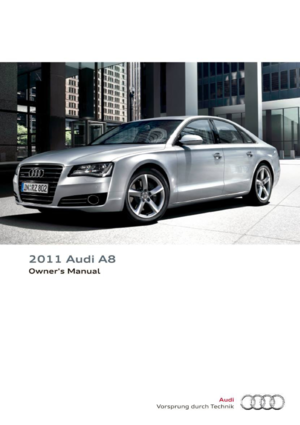 1
1 2
2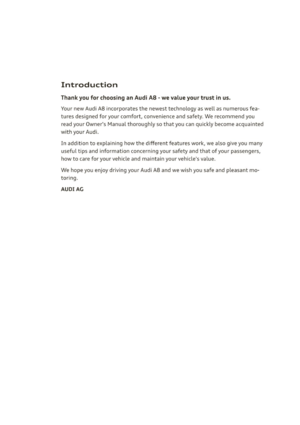 3
3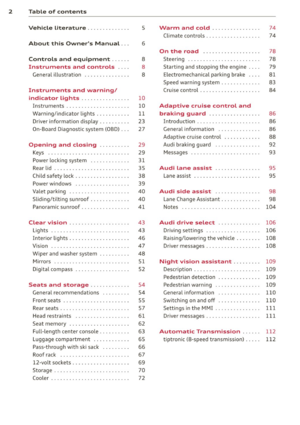 4
4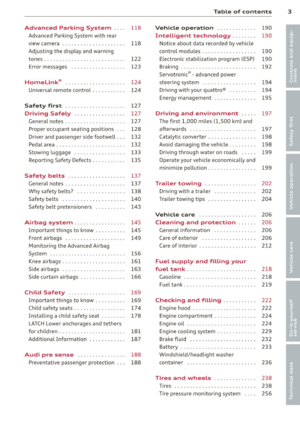 5
5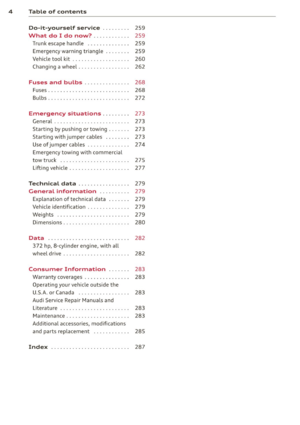 6
6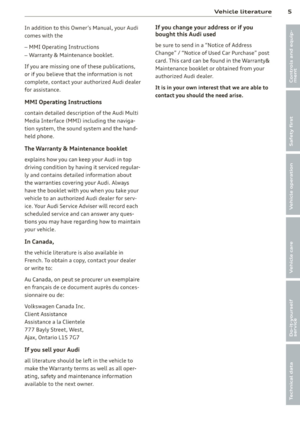 7
7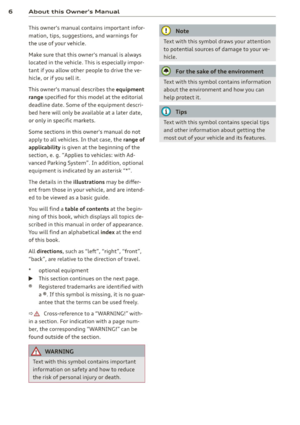 8
8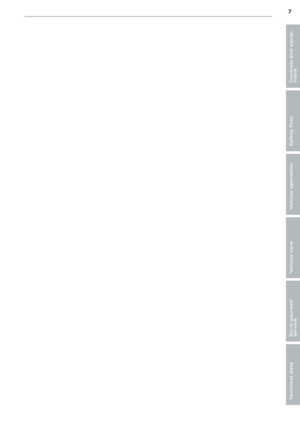 9
9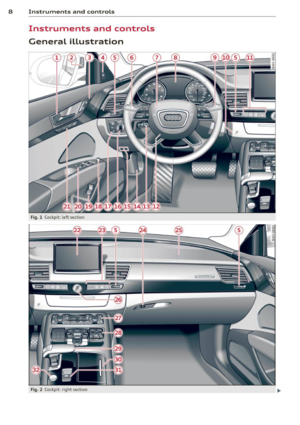 10
10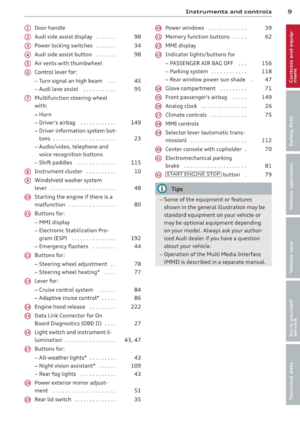 11
11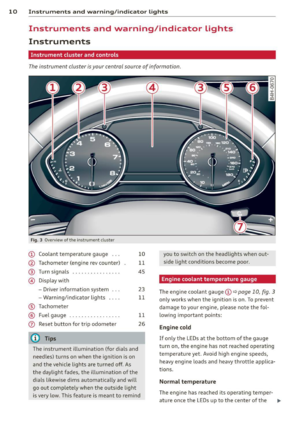 12
12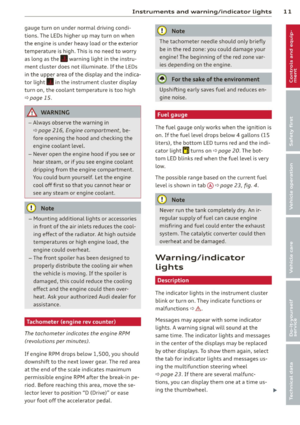 13
13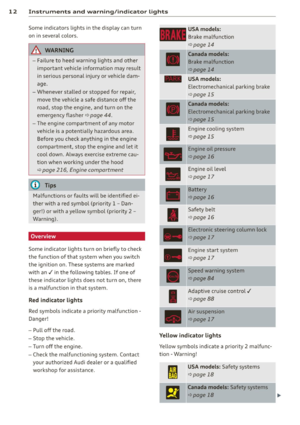 14
14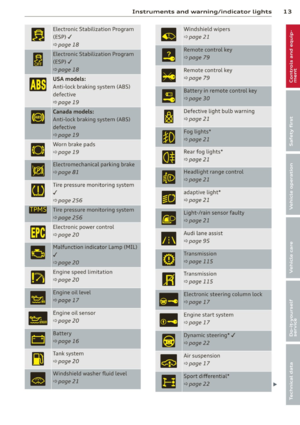 15
15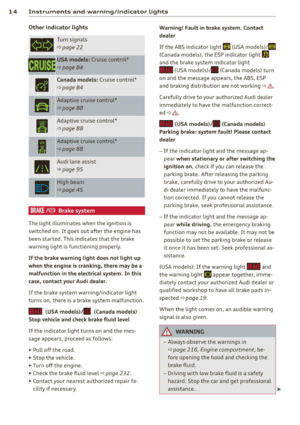 16
16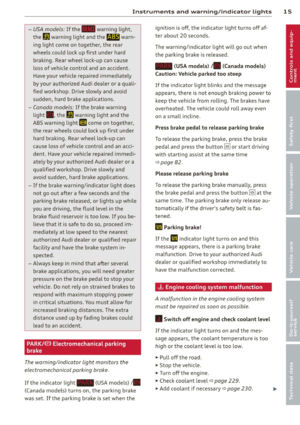 17
17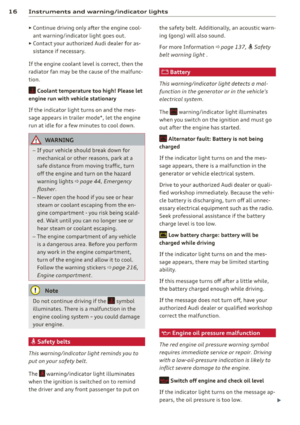 18
18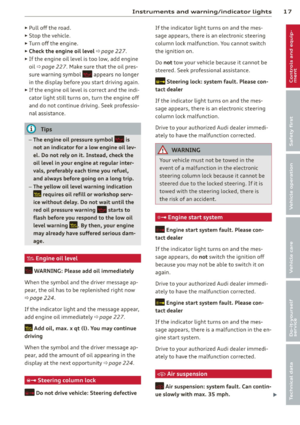 19
19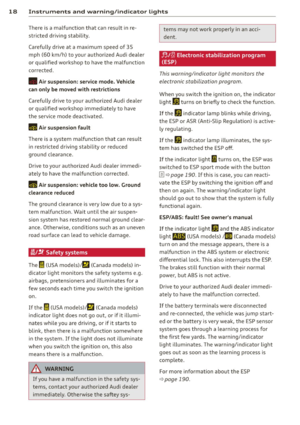 20
20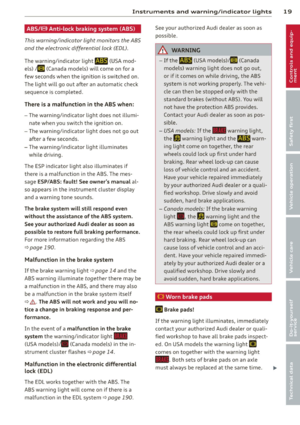 21
21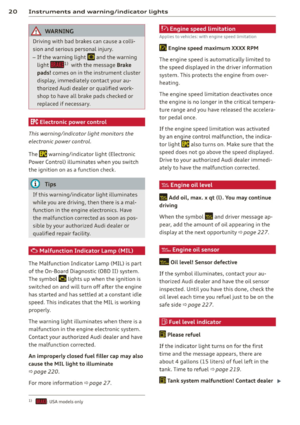 22
22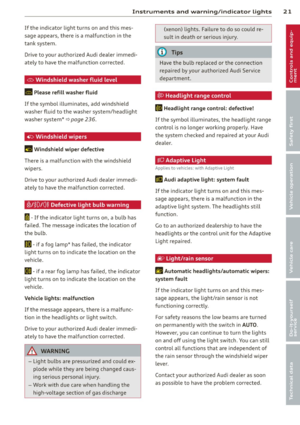 23
23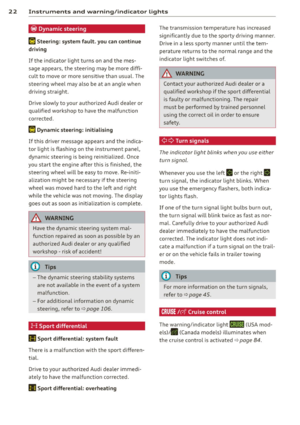 24
24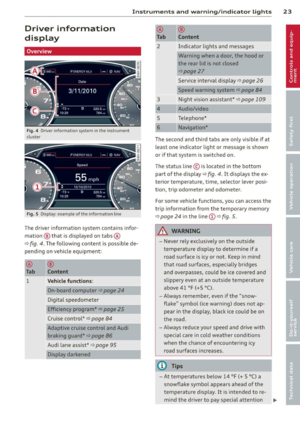 25
25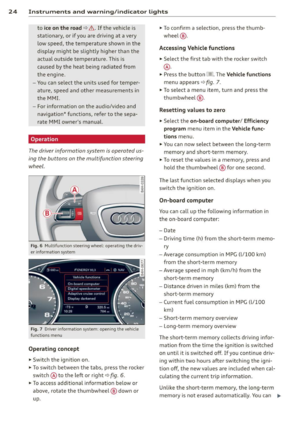 26
26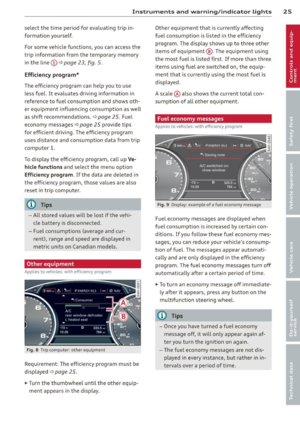 27
27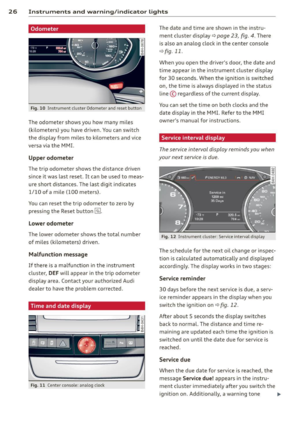 28
28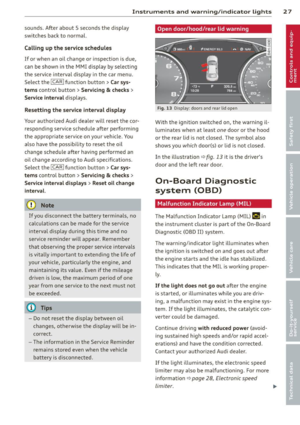 29
29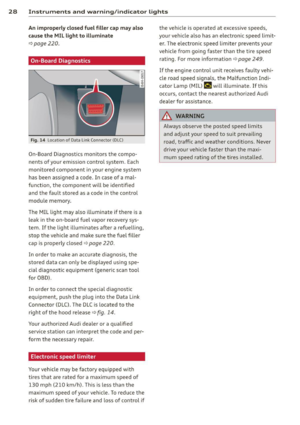 30
30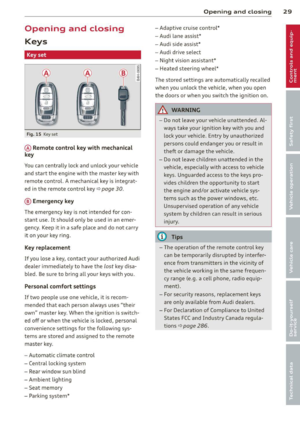 31
31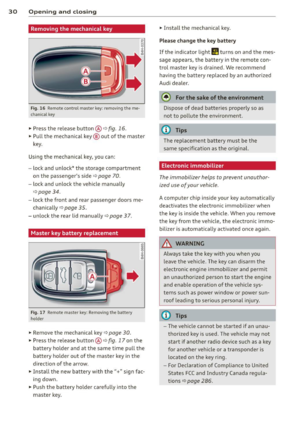 32
32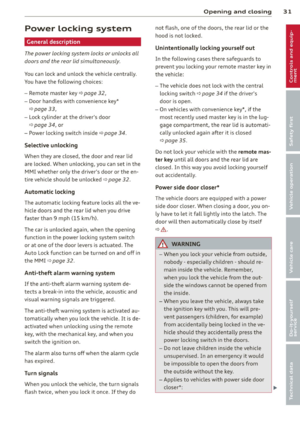 33
33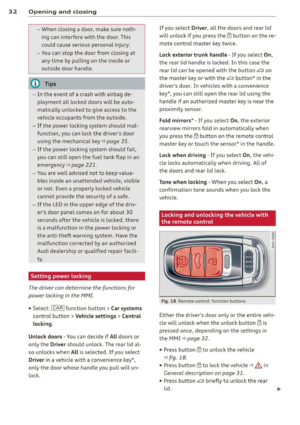 34
34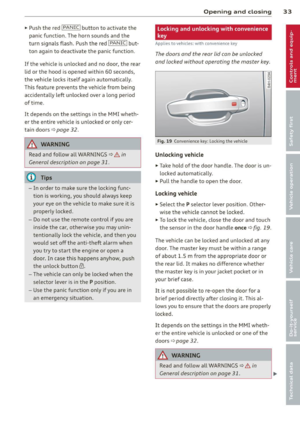 35
35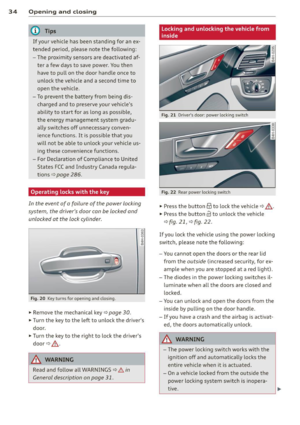 36
36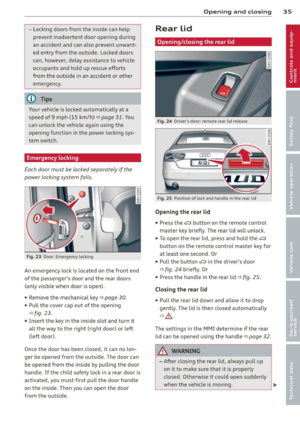 37
37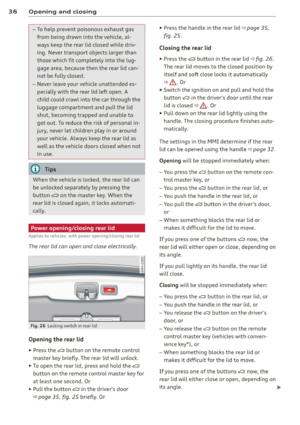 38
38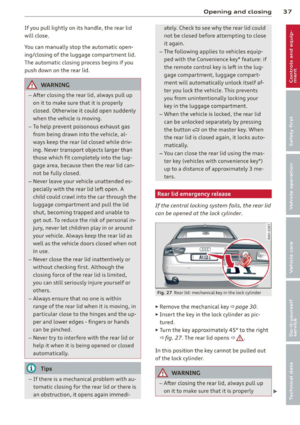 39
39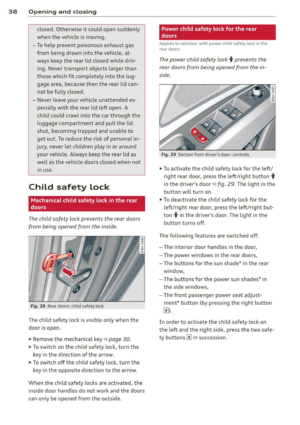 40
40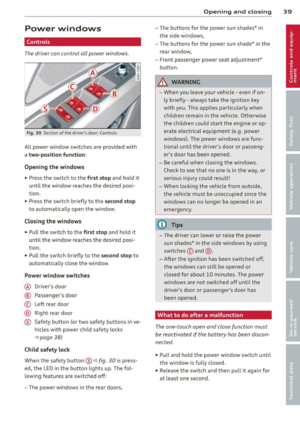 41
41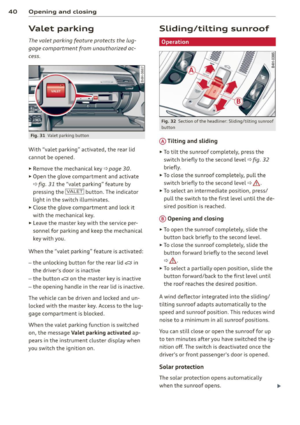 42
42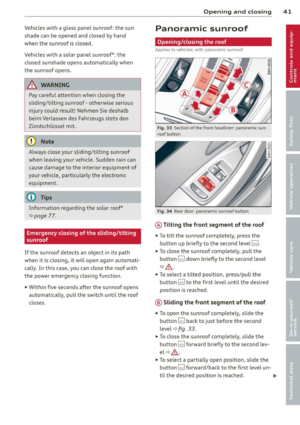 43
43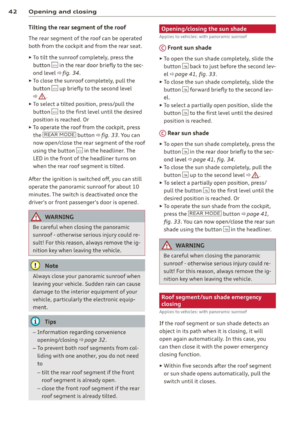 44
44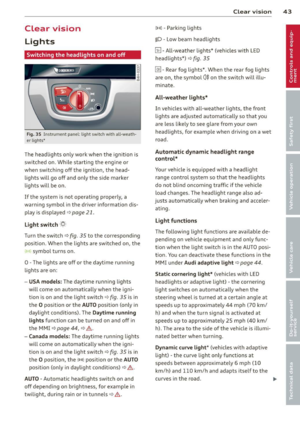 45
45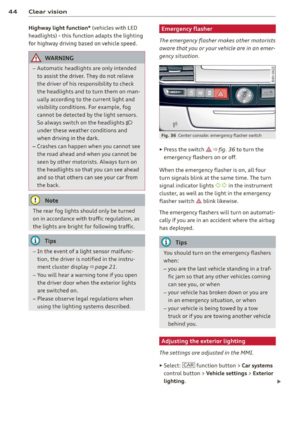 46
46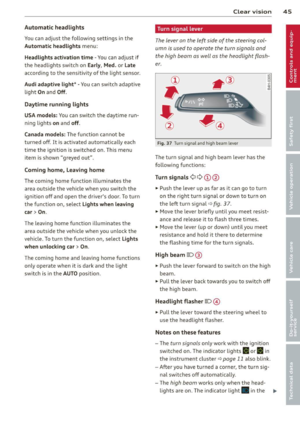 47
47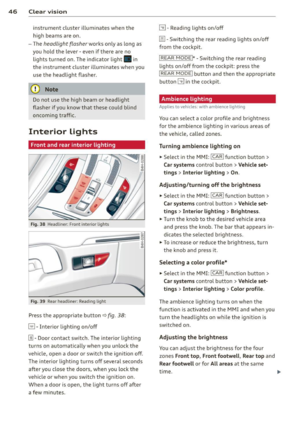 48
48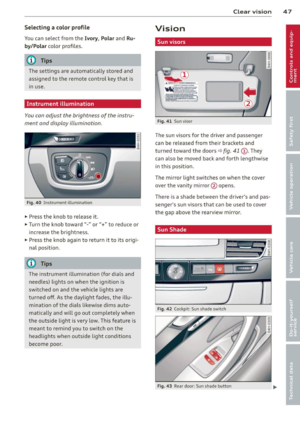 49
49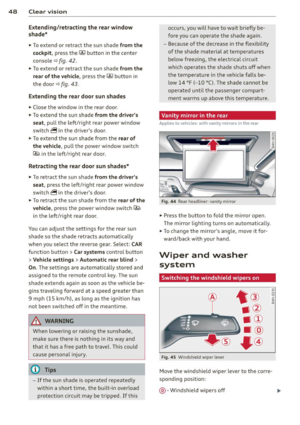 50
50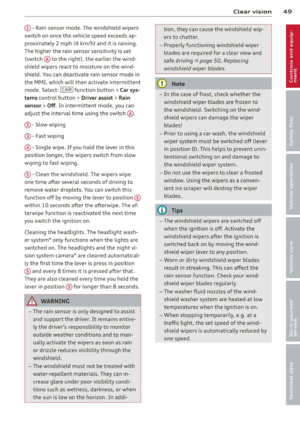 51
51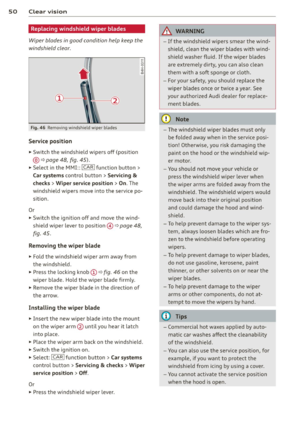 52
52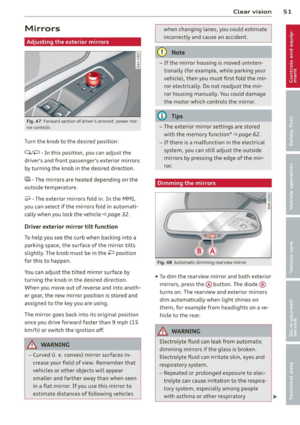 53
53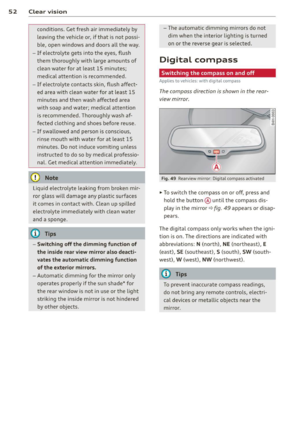 54
54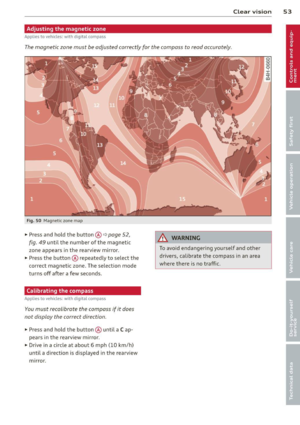 55
55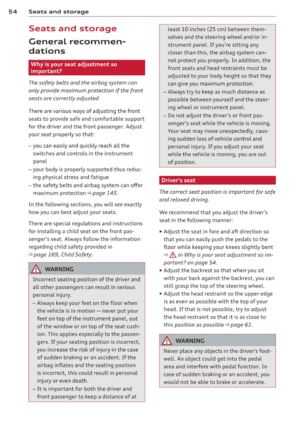 56
56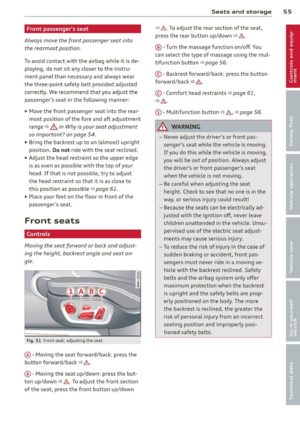 57
57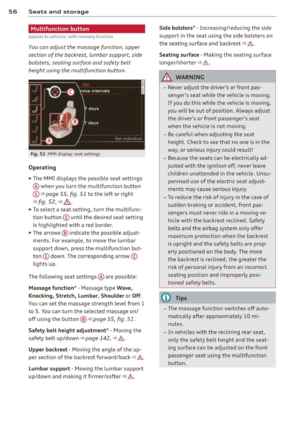 58
58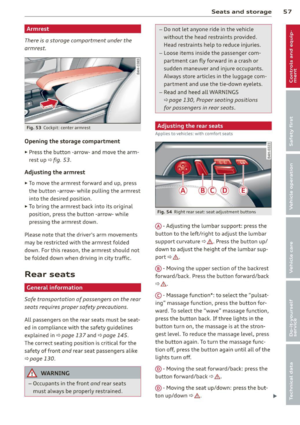 59
59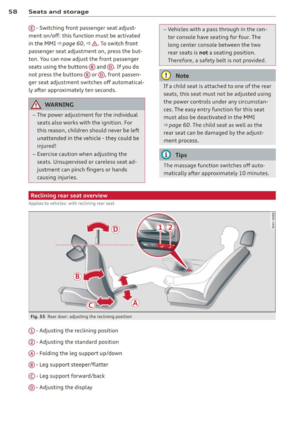 60
60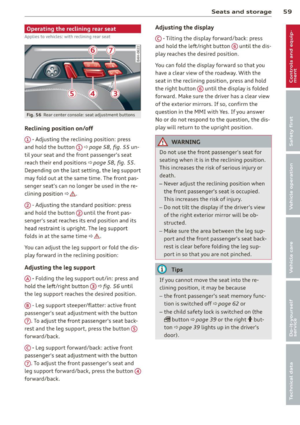 61
61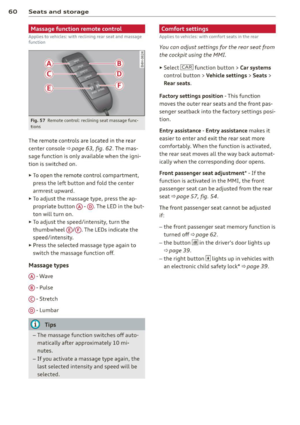 62
62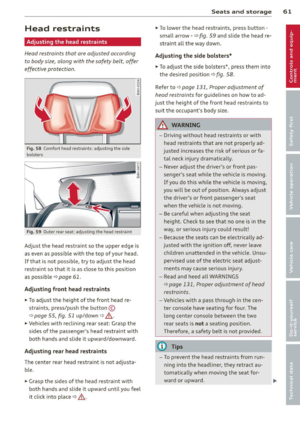 63
63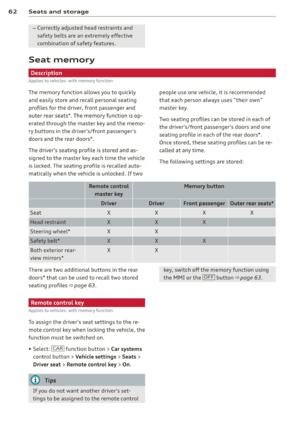 64
64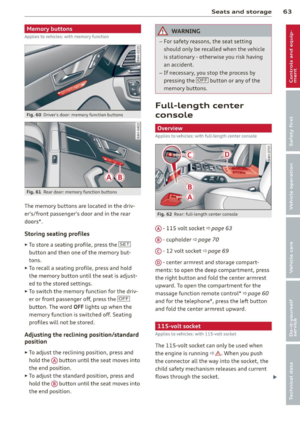 65
65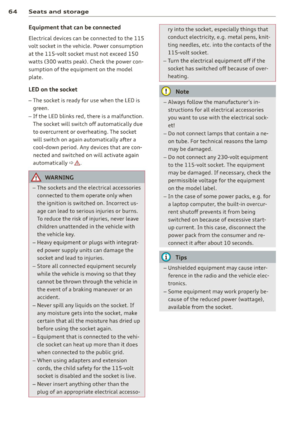 66
66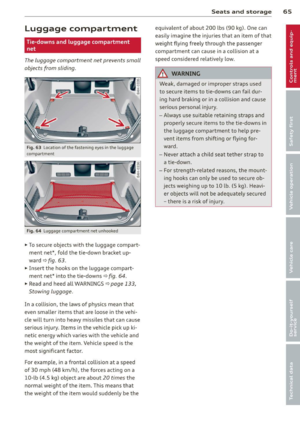 67
67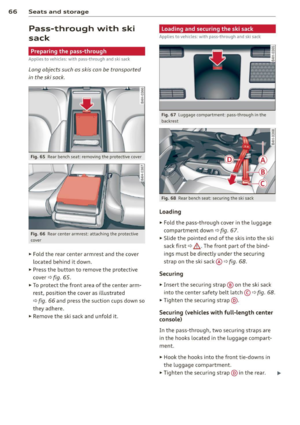 68
68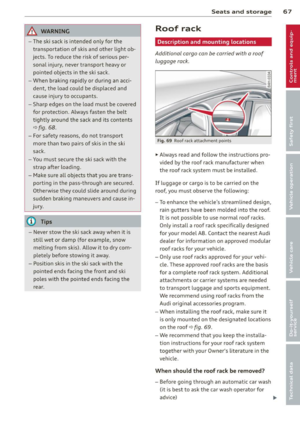 69
69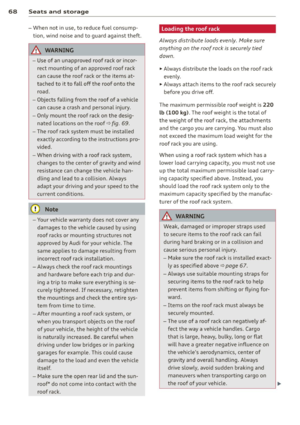 70
70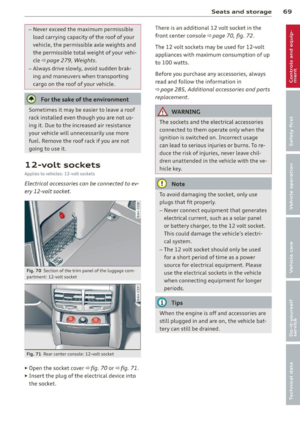 71
71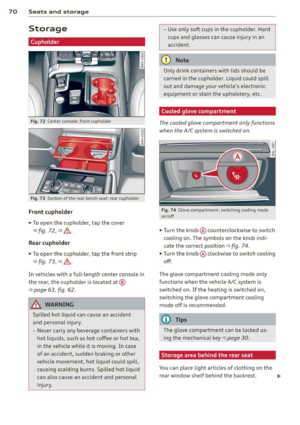 72
72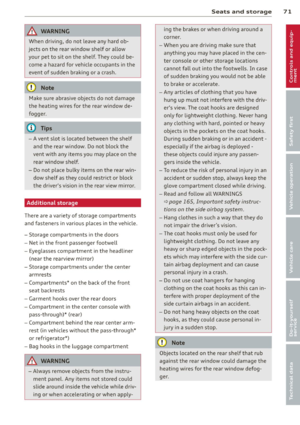 73
73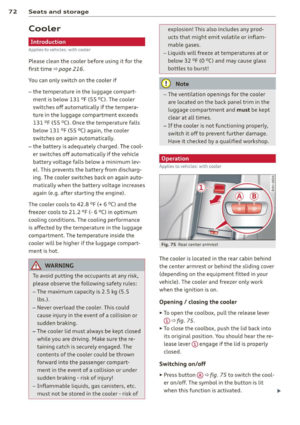 74
74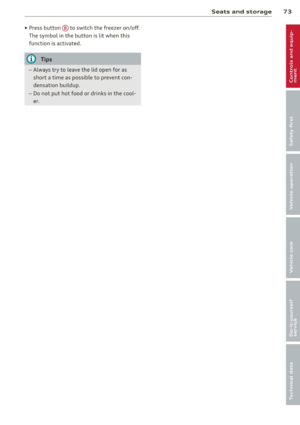 75
75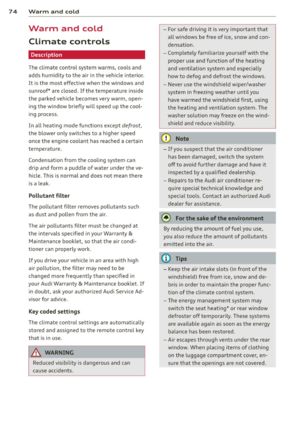 76
76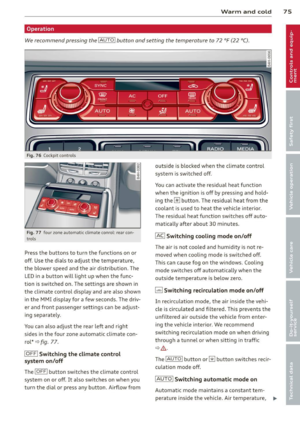 77
77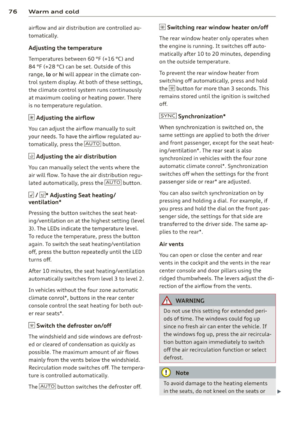 78
78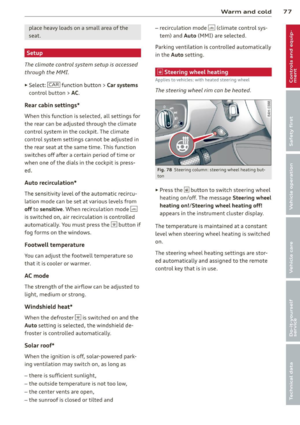 79
79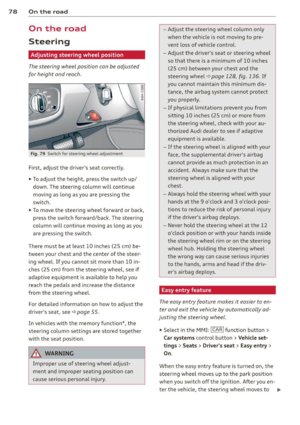 80
80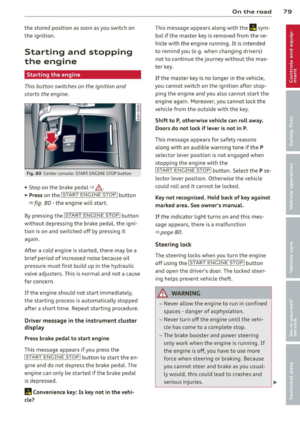 81
81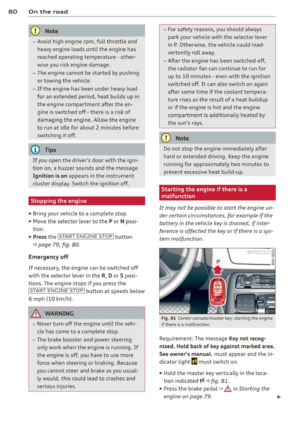 82
82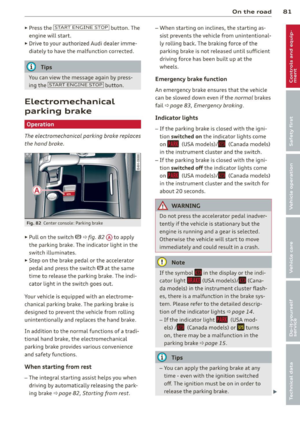 83
83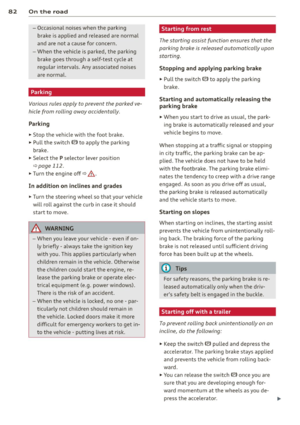 84
84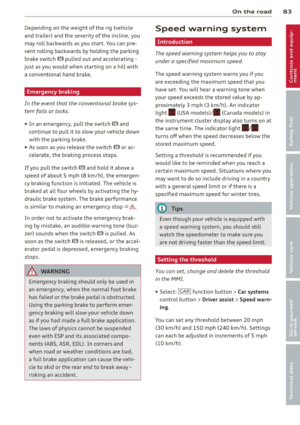 85
85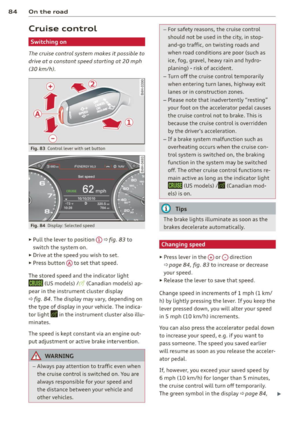 86
86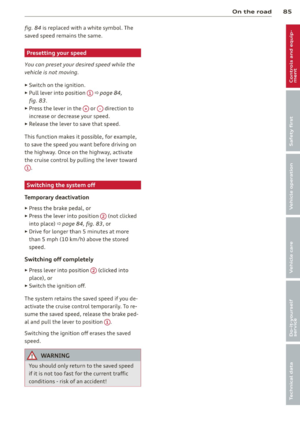 87
87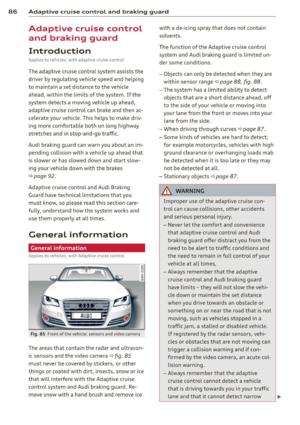 88
88 89
89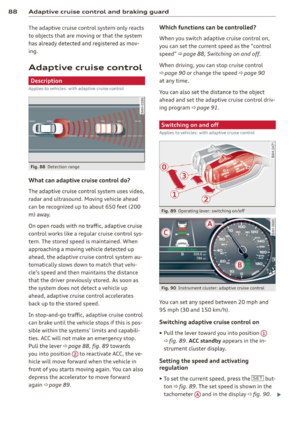 90
90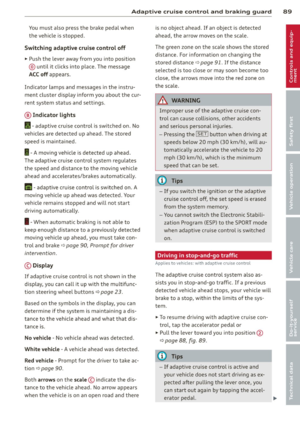 91
91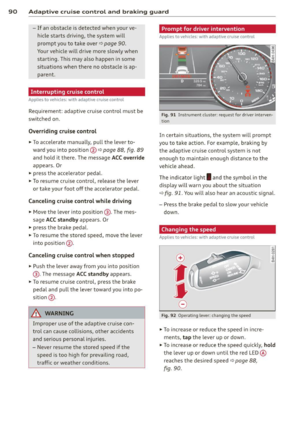 92
92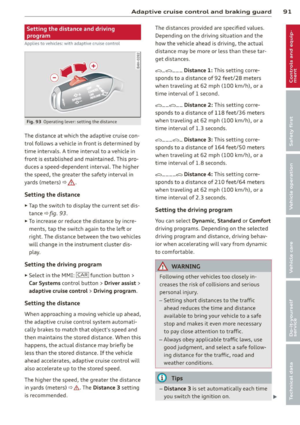 93
93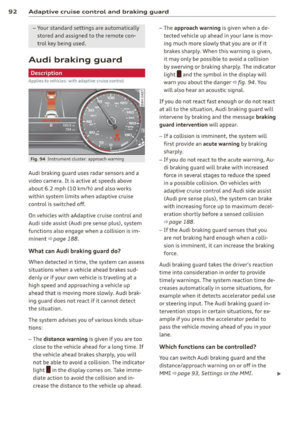 94
94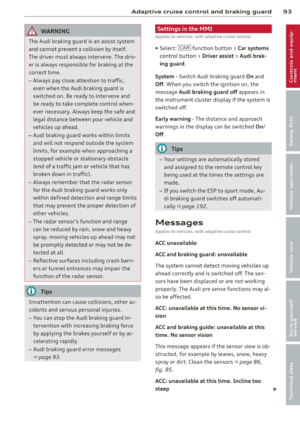 95
95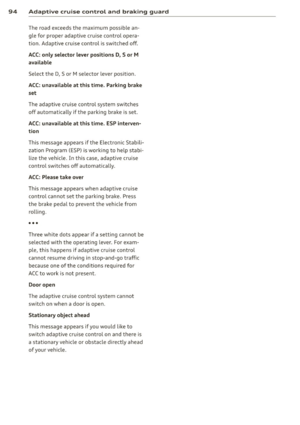 96
96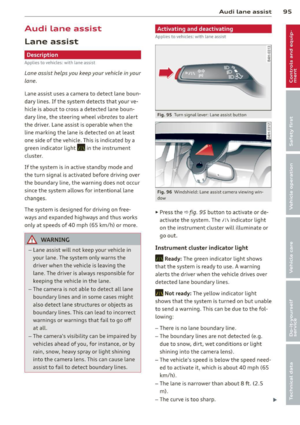 97
97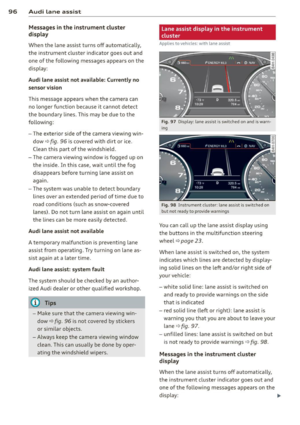 98
98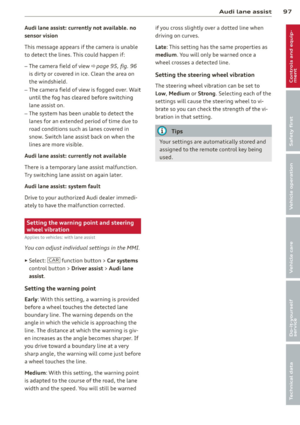 99
99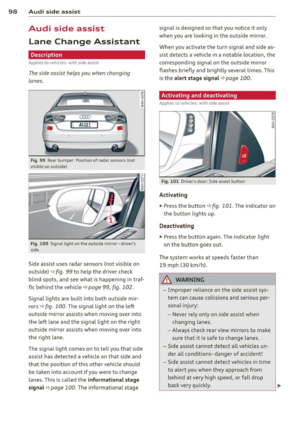 100
100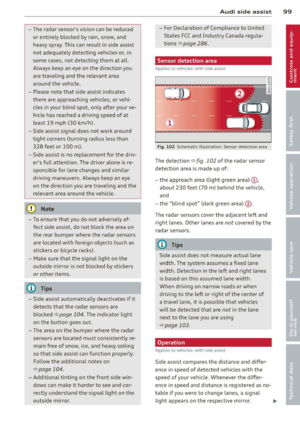 101
101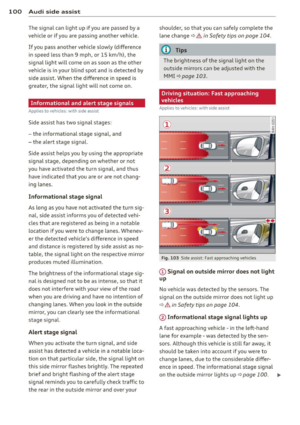 102
102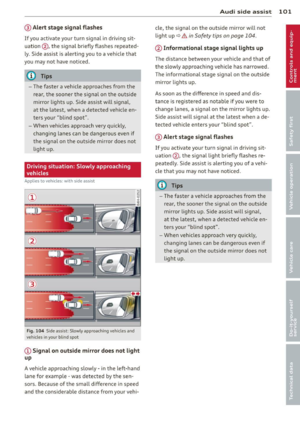 103
103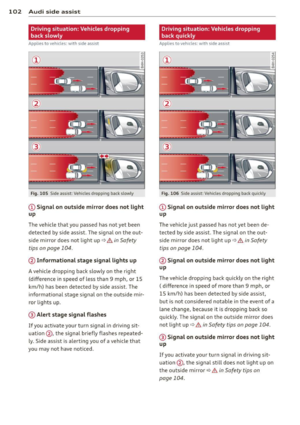 104
104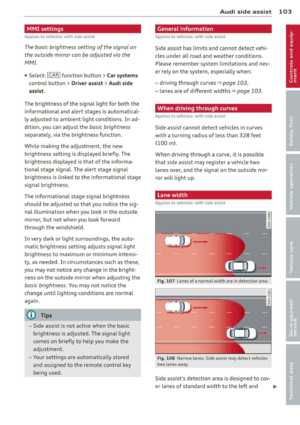 105
105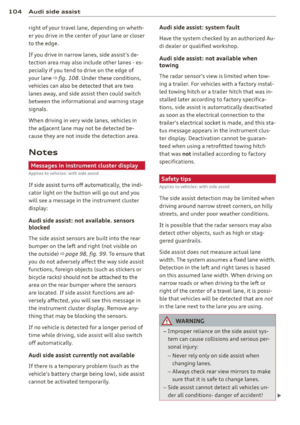 106
106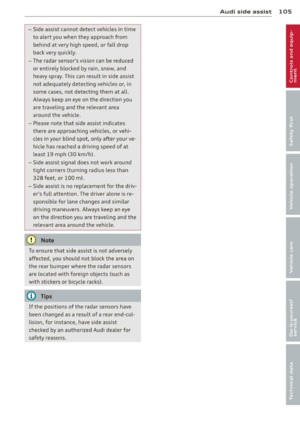 107
107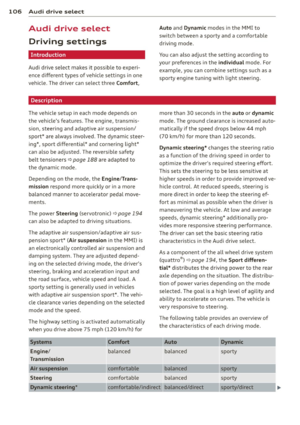 108
108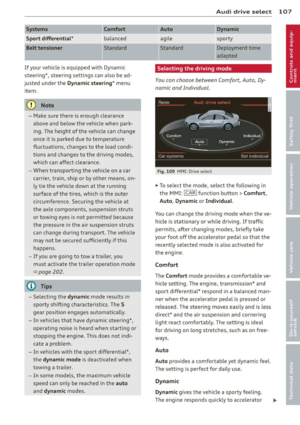 109
109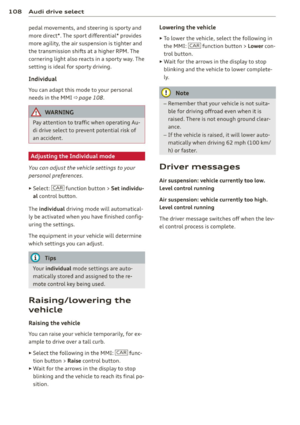 110
110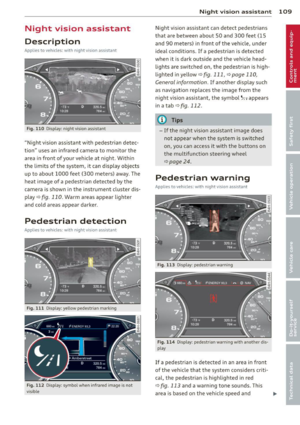 111
111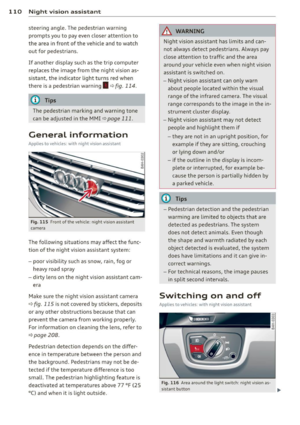 112
112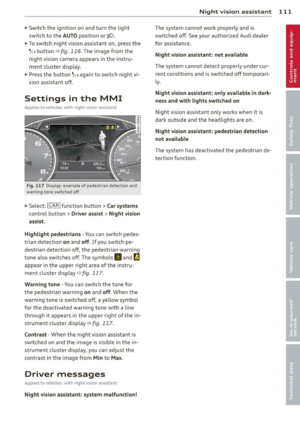 113
113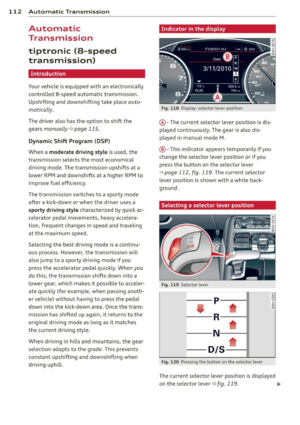 114
114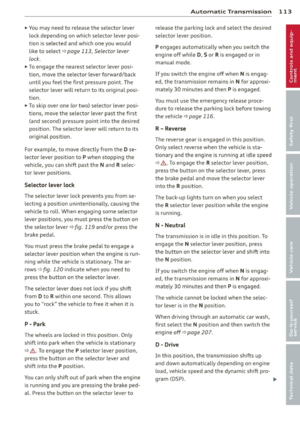 115
115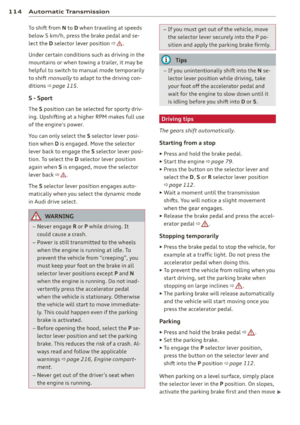 116
116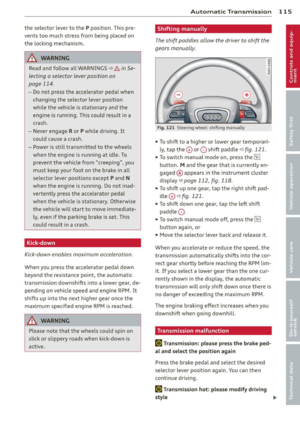 117
117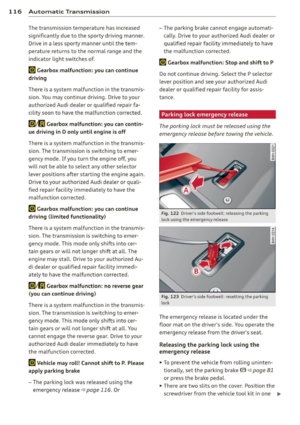 118
118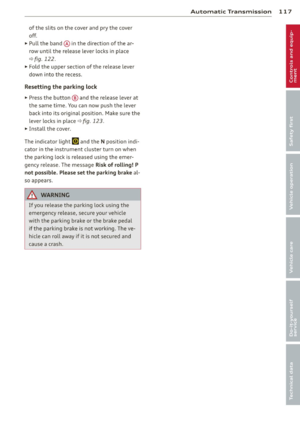 119
119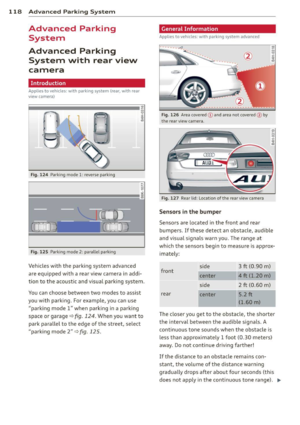 120
120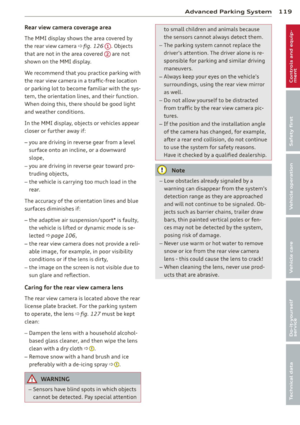 121
121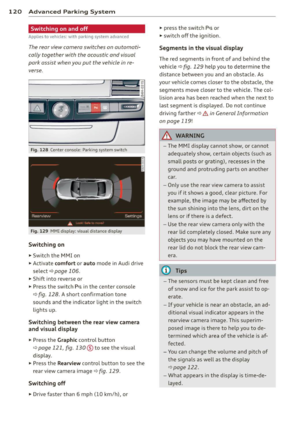 122
122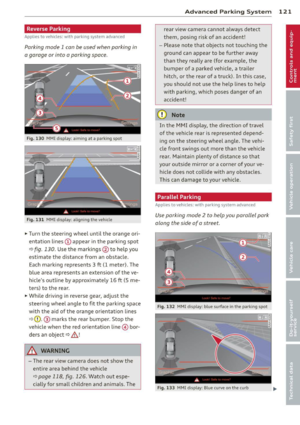 123
123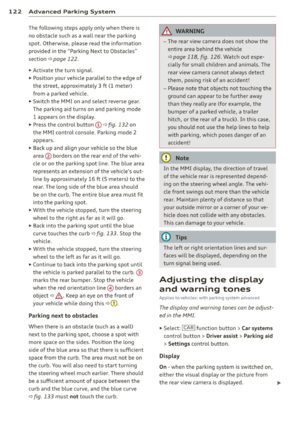 124
124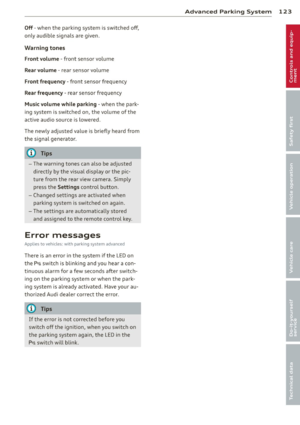 125
125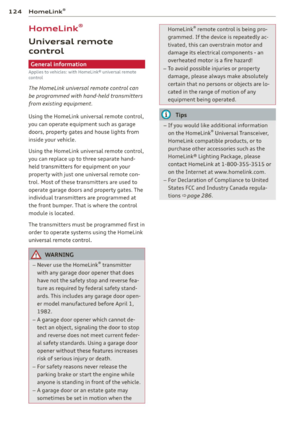 126
126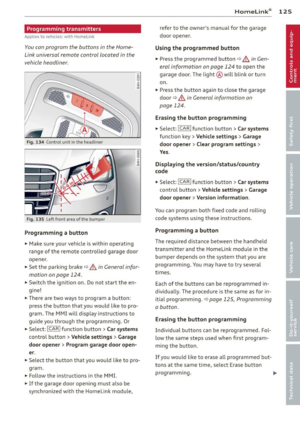 127
127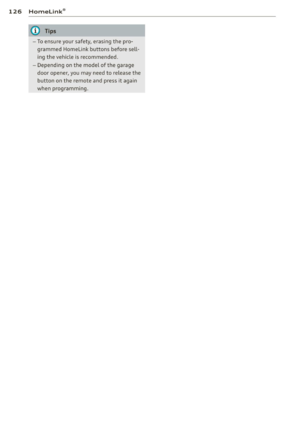 128
128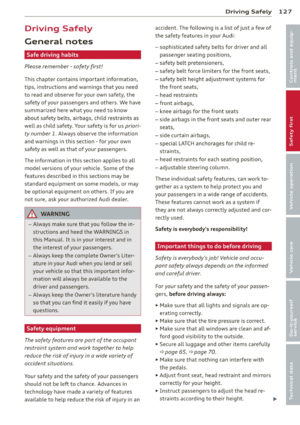 129
129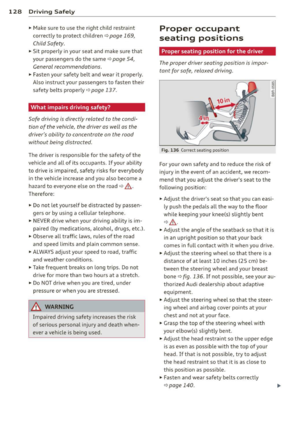 130
130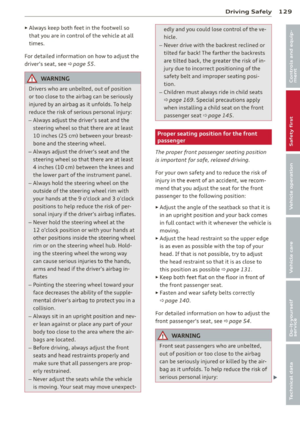 131
131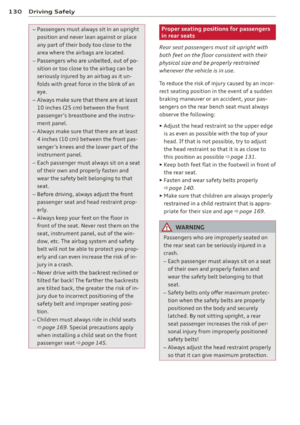 132
132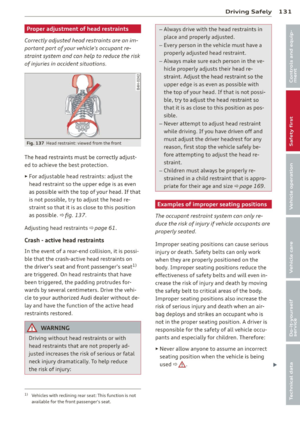 133
133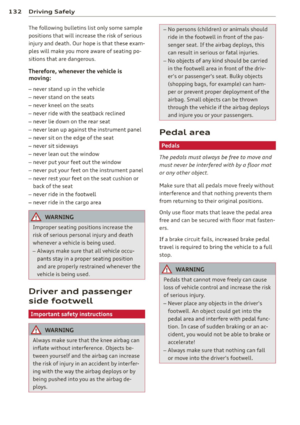 134
134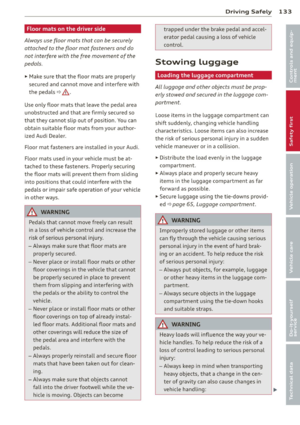 135
135 136
136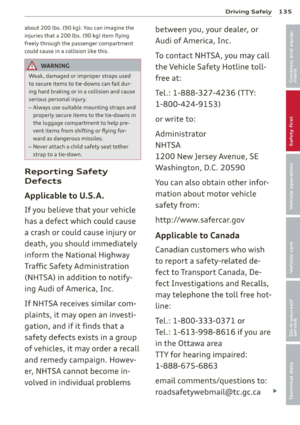 137
137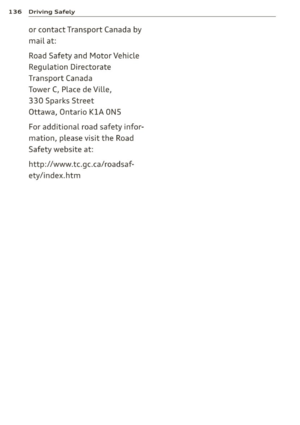 138
138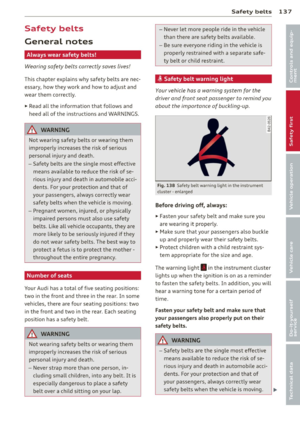 139
139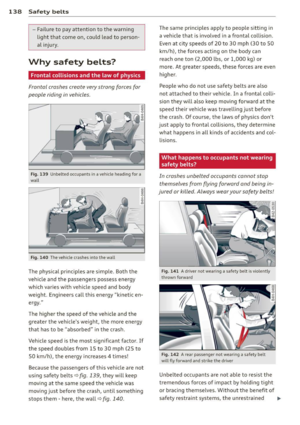 140
140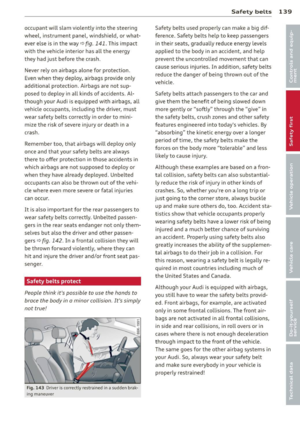 141
141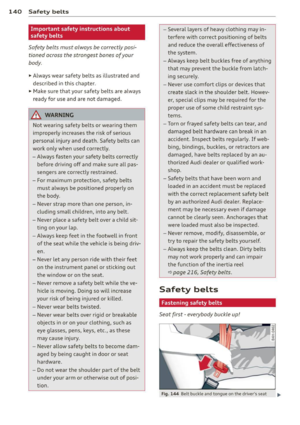 142
142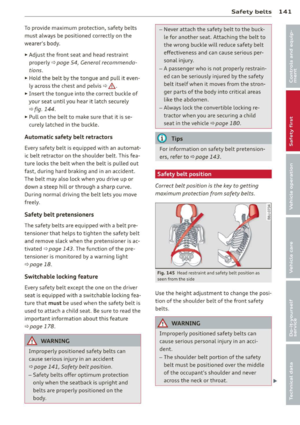 143
143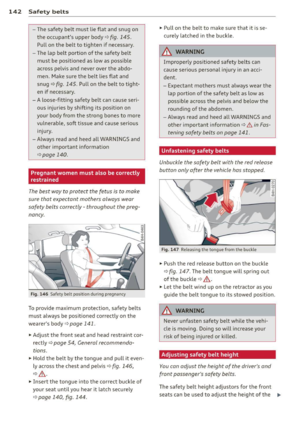 144
144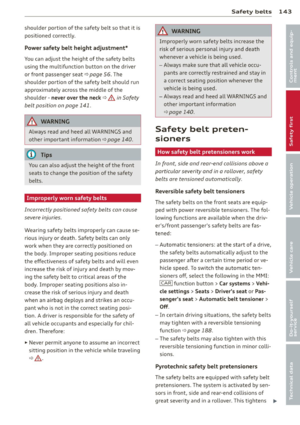 145
145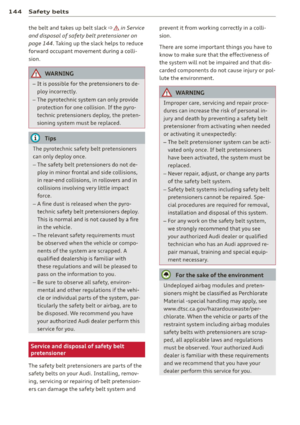 146
146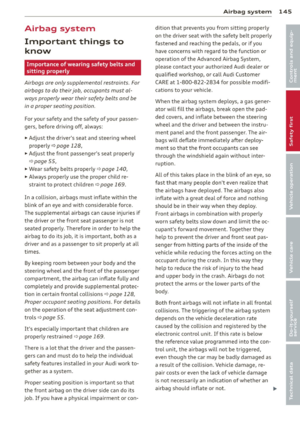 147
147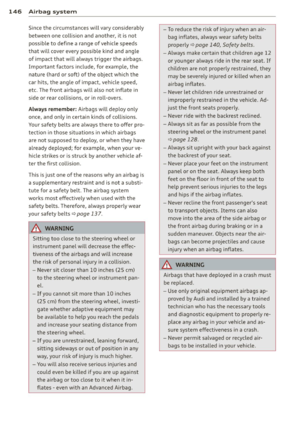 148
148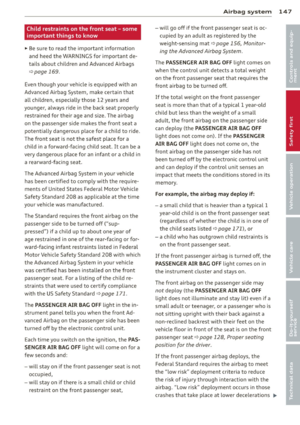 149
149 150
150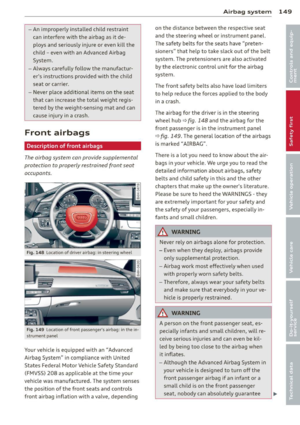 151
151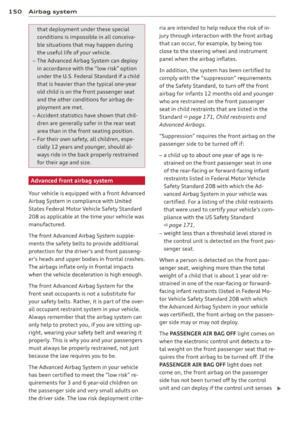 152
152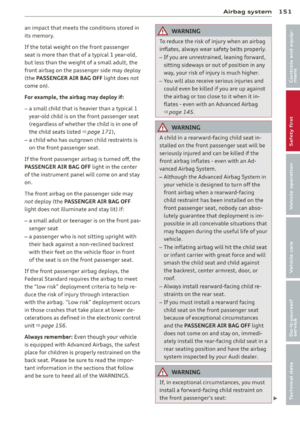 153
153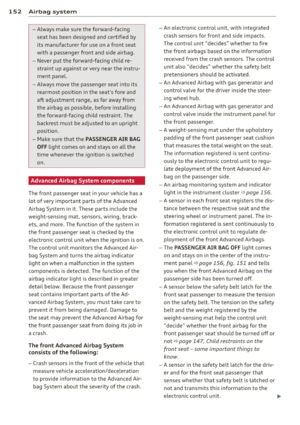 154
154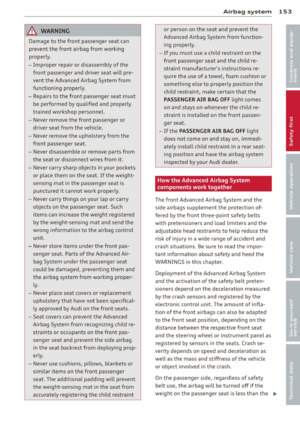 155
155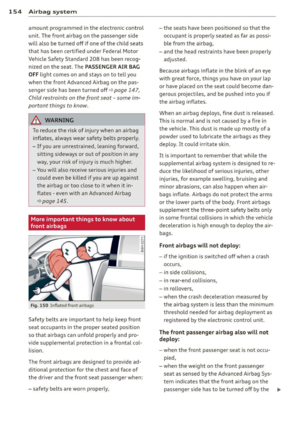 156
156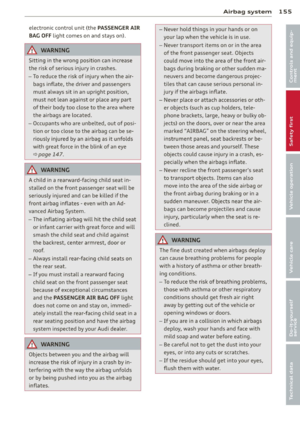 157
157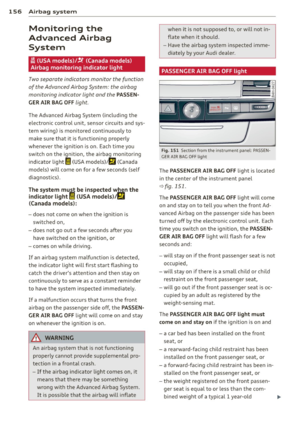 158
158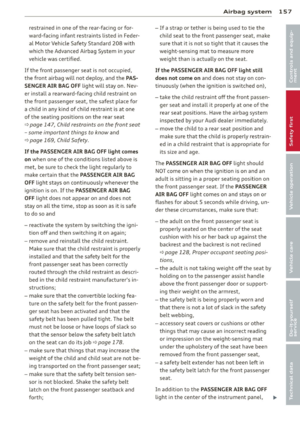 159
159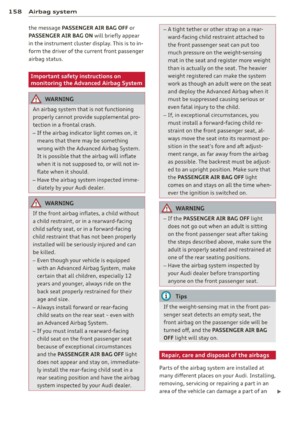 160
160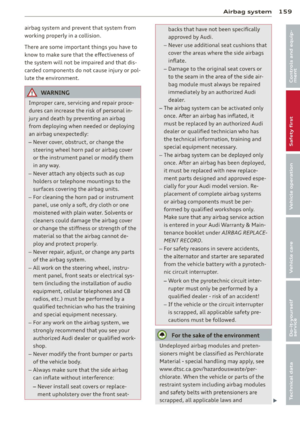 161
161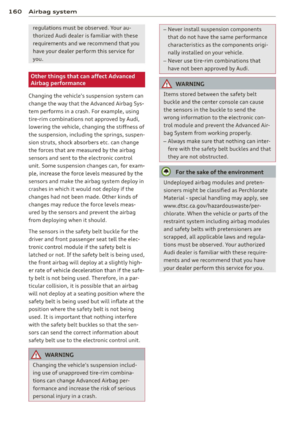 162
162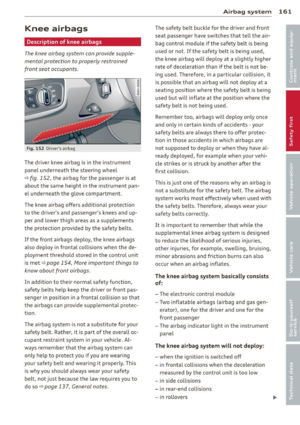 163
163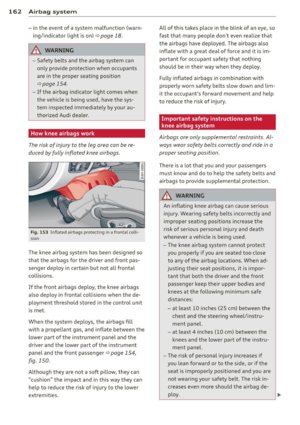 164
164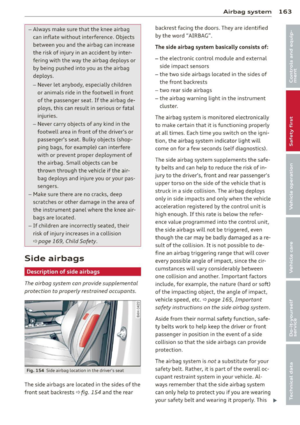 165
165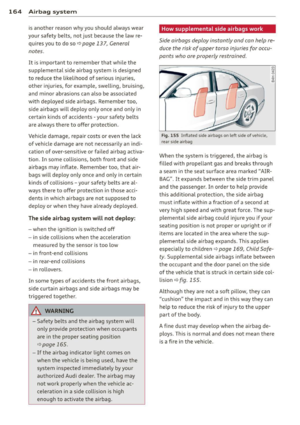 166
166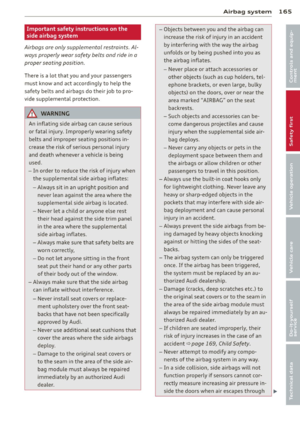 167
167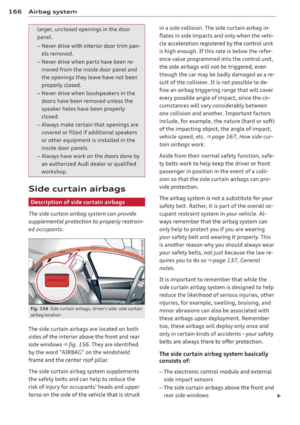 168
168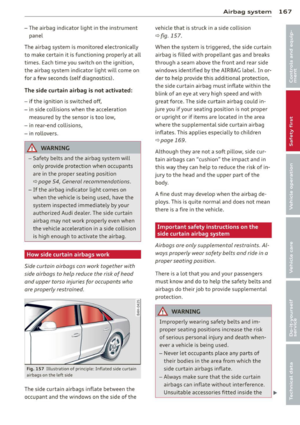 169
169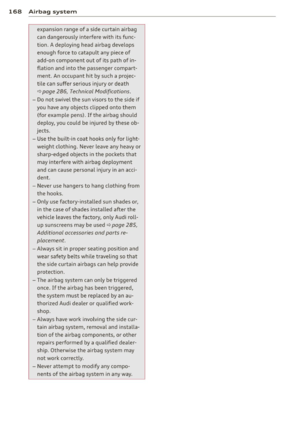 170
170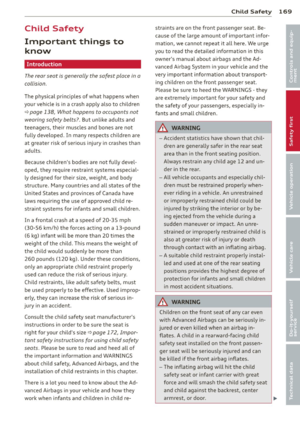 171
171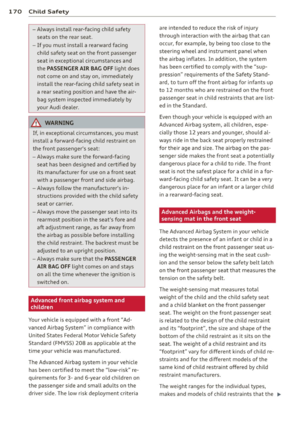 172
172 173
173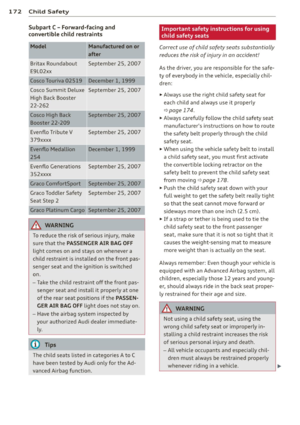 174
174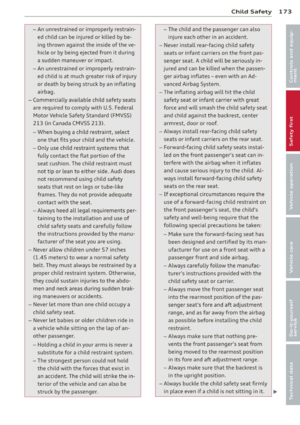 175
175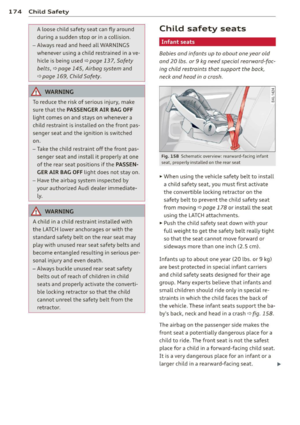 176
176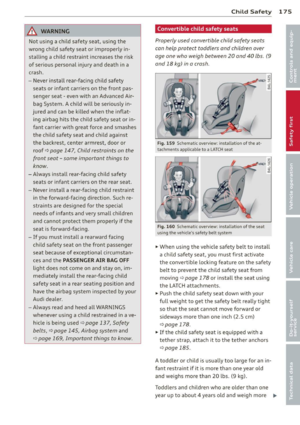 177
177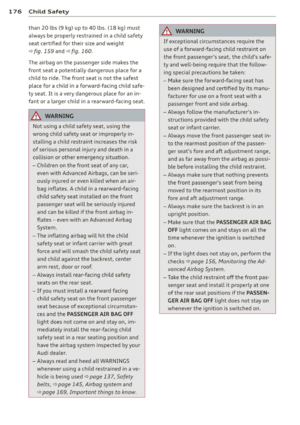 178
178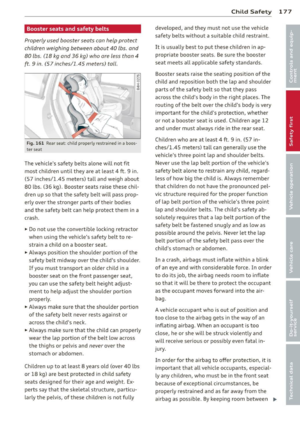 179
179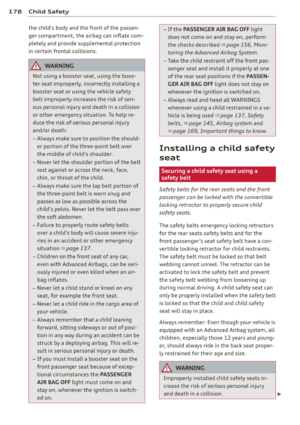 180
180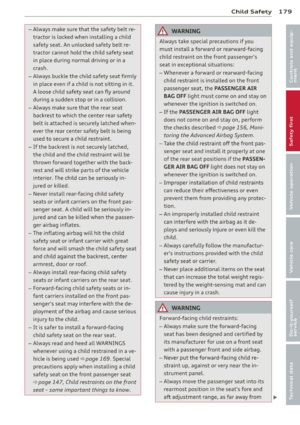 181
181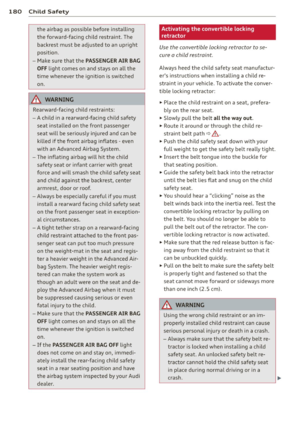 182
182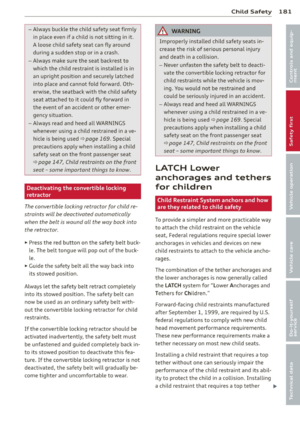 183
183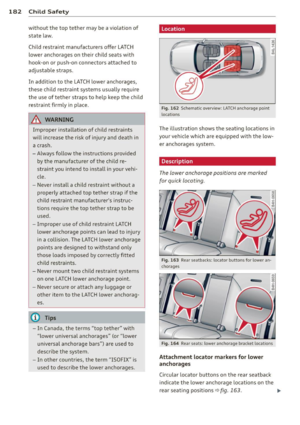 184
184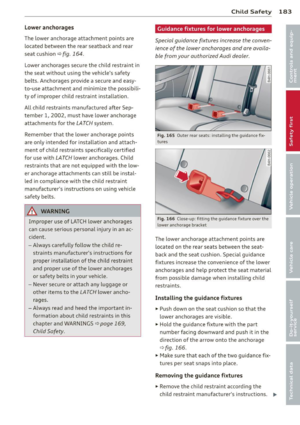 185
185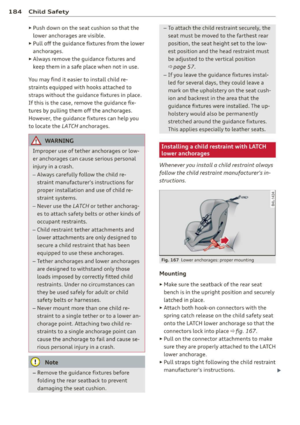 186
186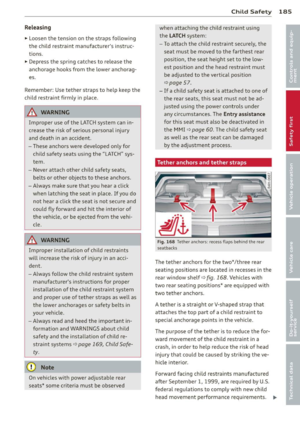 187
187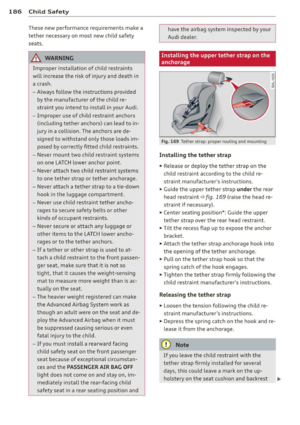 188
188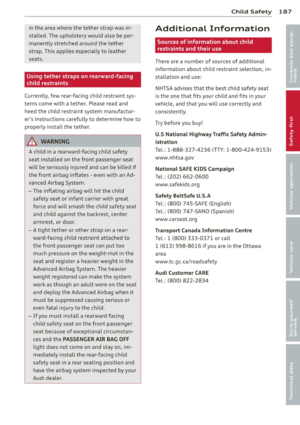 189
189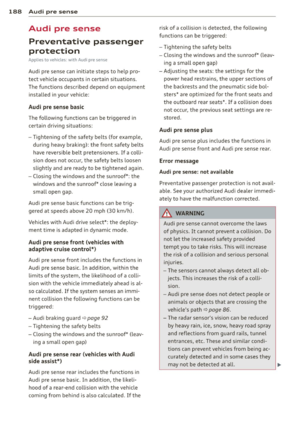 190
190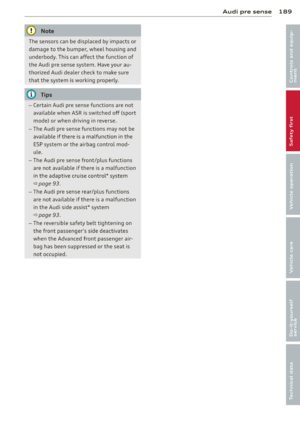 191
191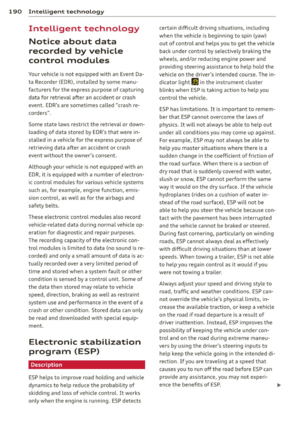 192
192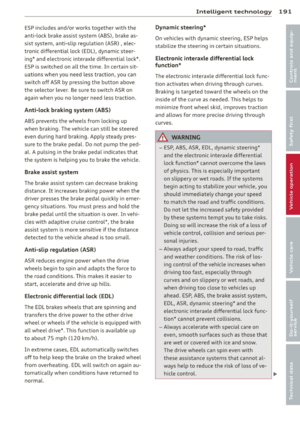 193
193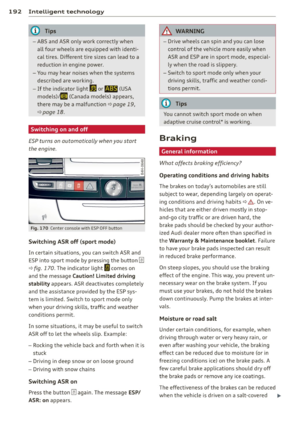 194
194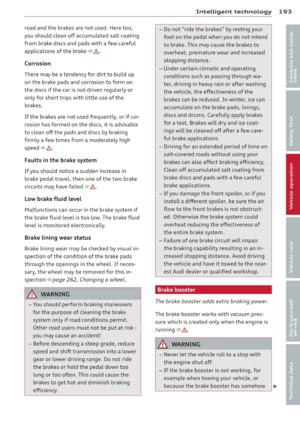 195
195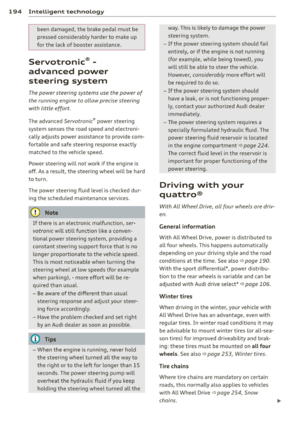 196
196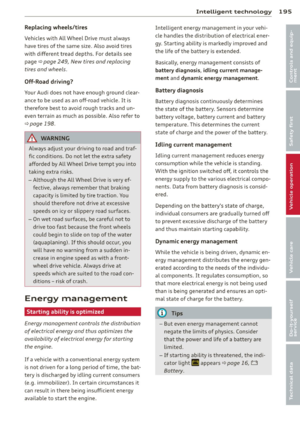 197
197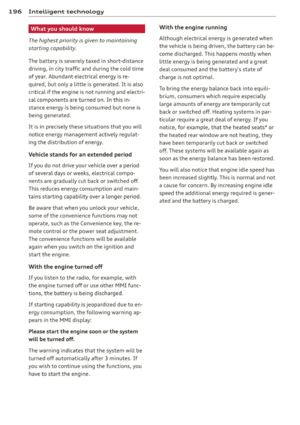 198
198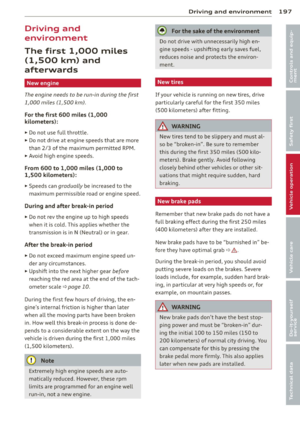 199
199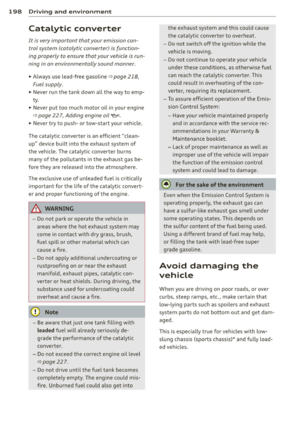 200
200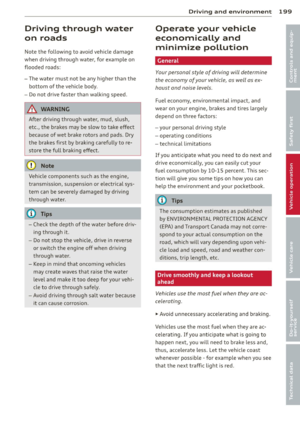 201
201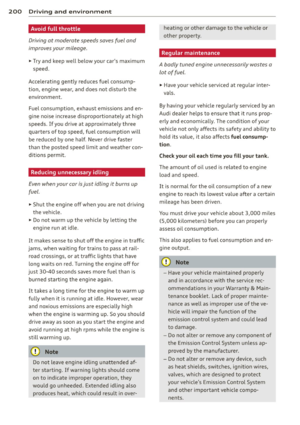 202
202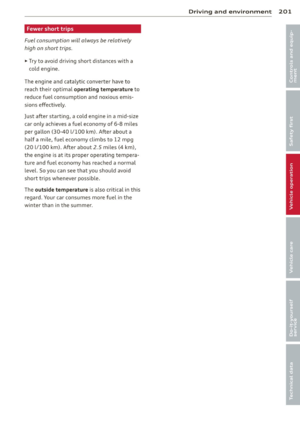 203
203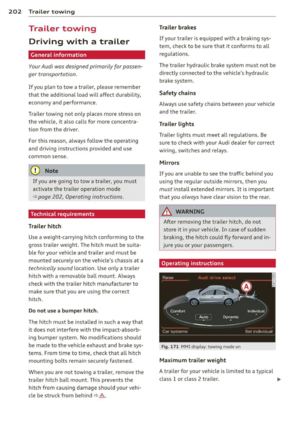 204
204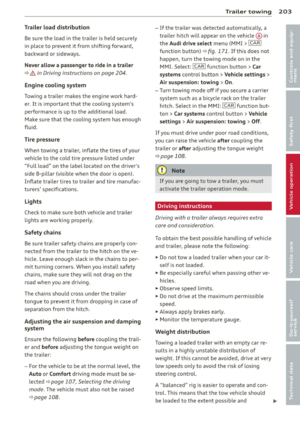 205
205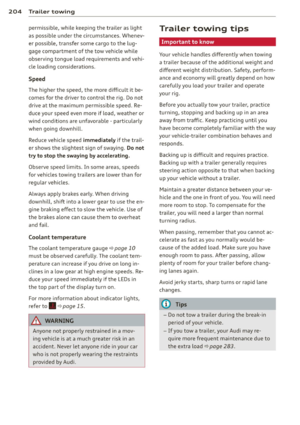 206
206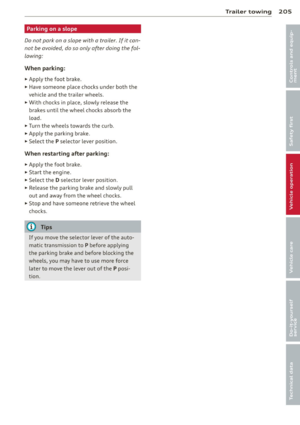 207
207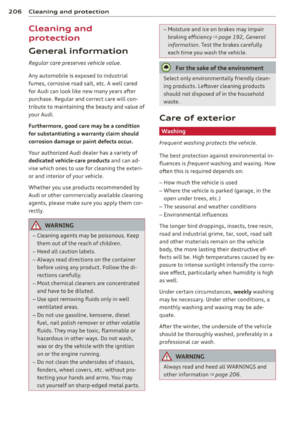 208
208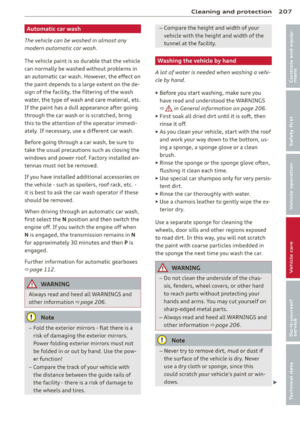 209
209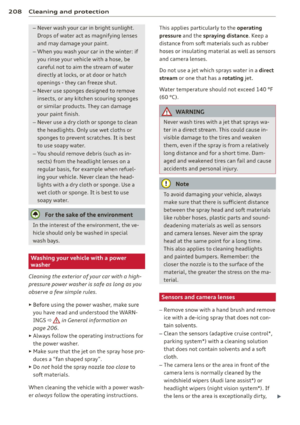 210
210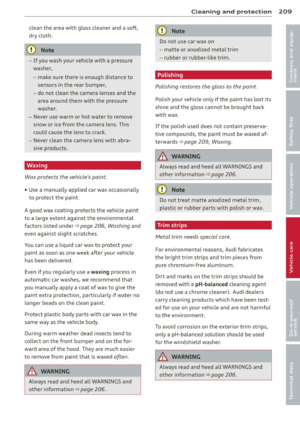 211
211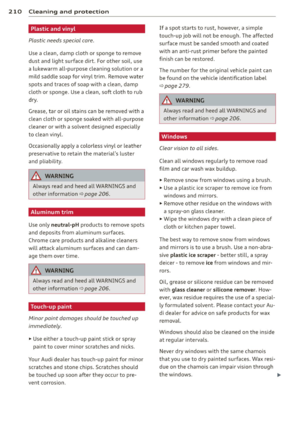 212
212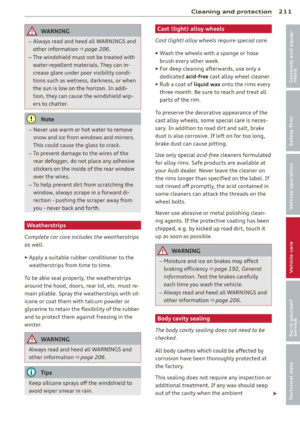 213
213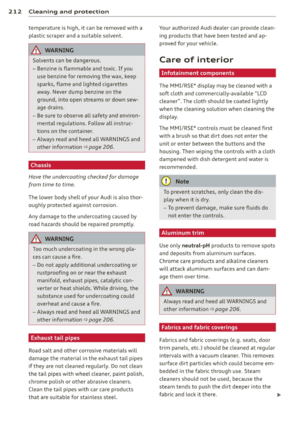 214
214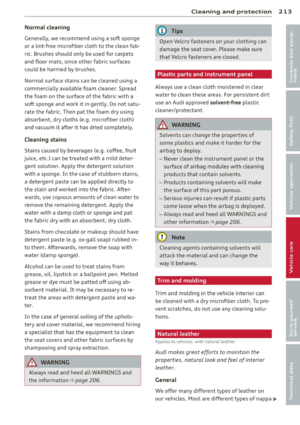 215
215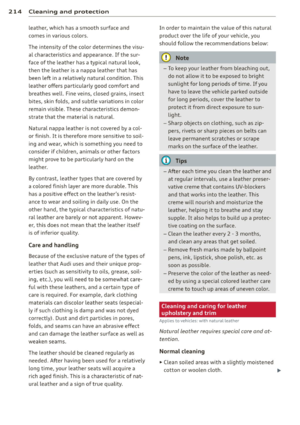 216
216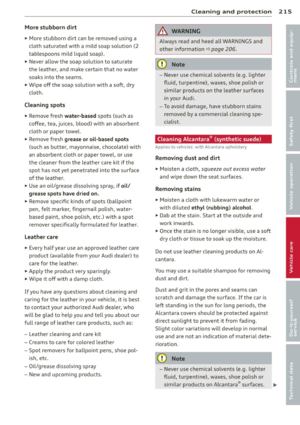 217
217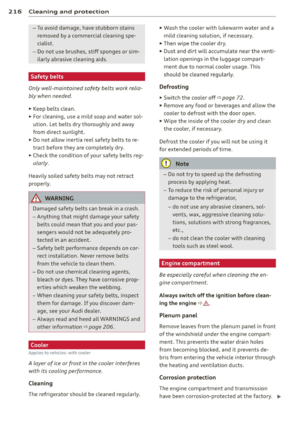 218
218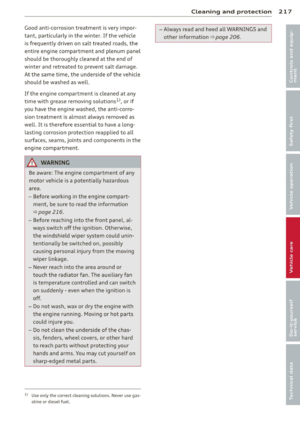 219
219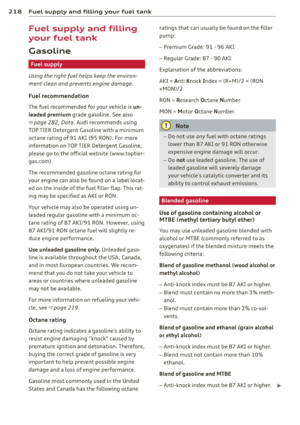 220
220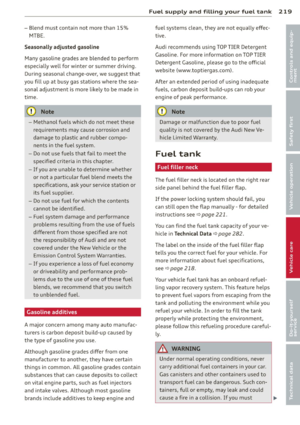 221
221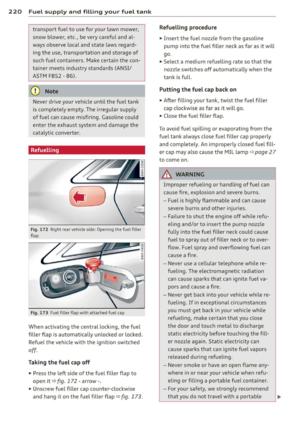 222
222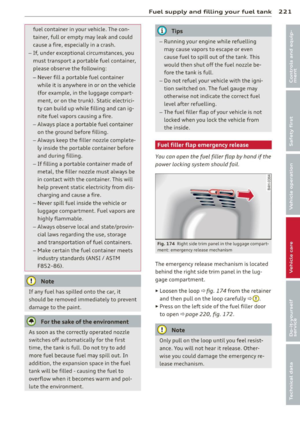 223
223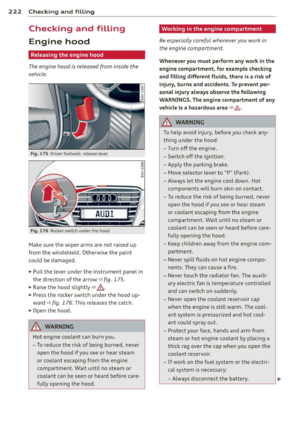 224
224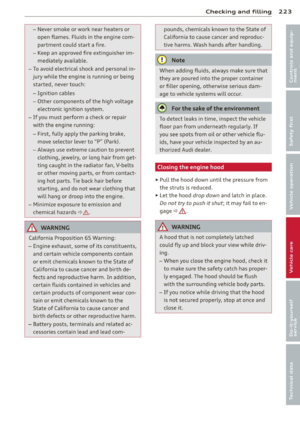 225
225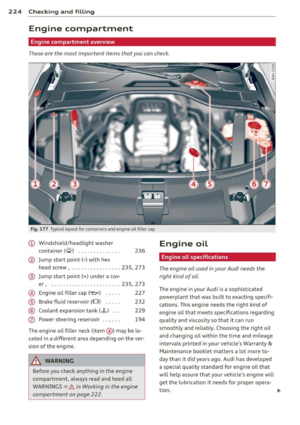 226
226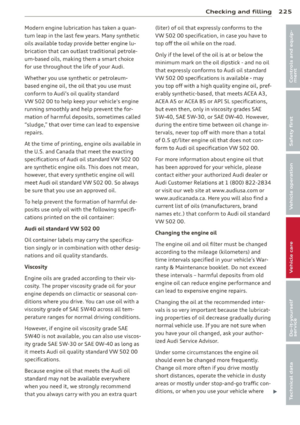 227
227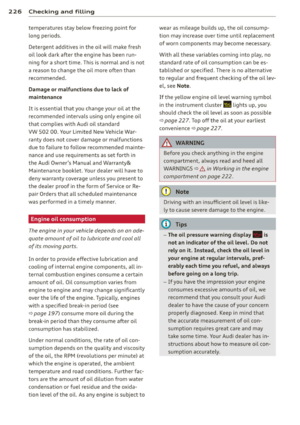 228
228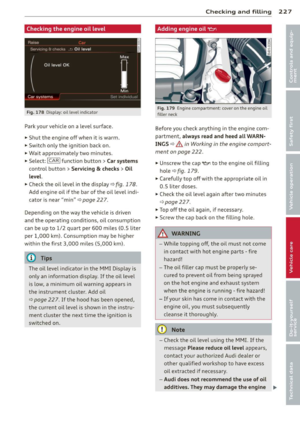 229
229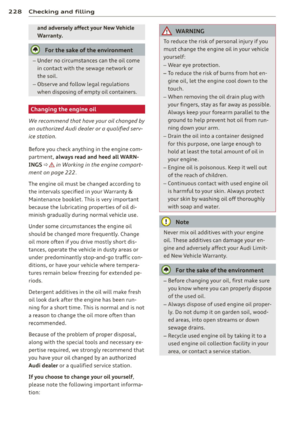 230
230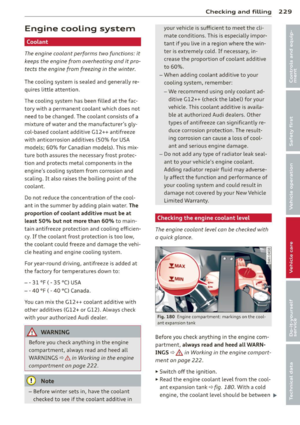 231
231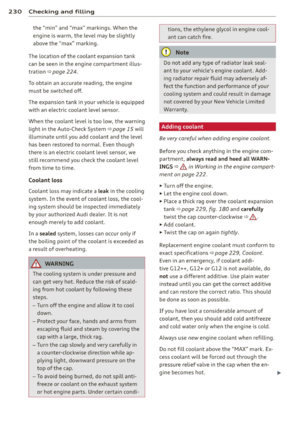 232
232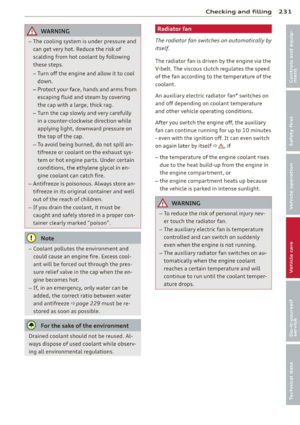 233
233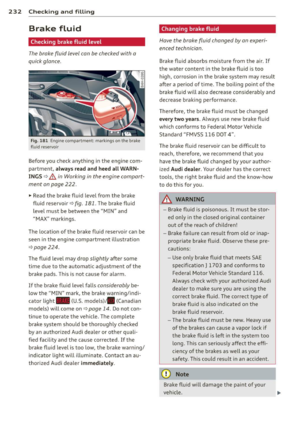 234
234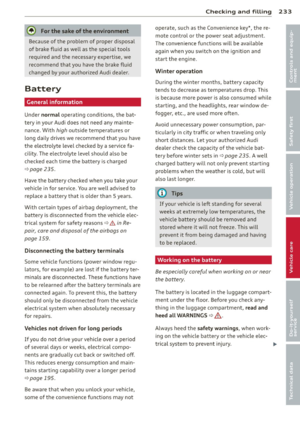 235
235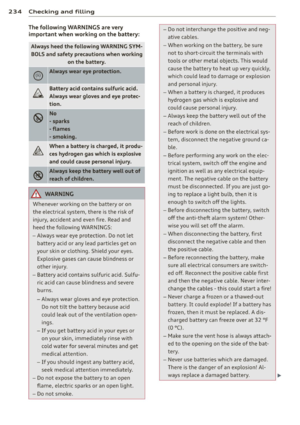 236
236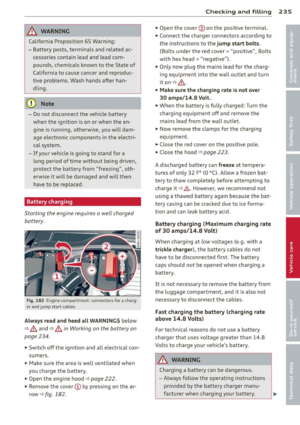 237
237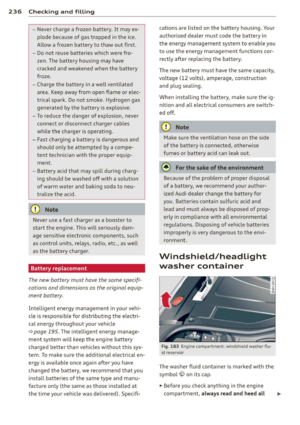 238
238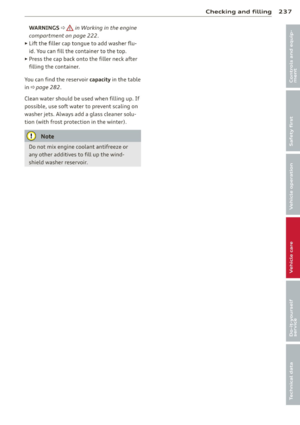 239
239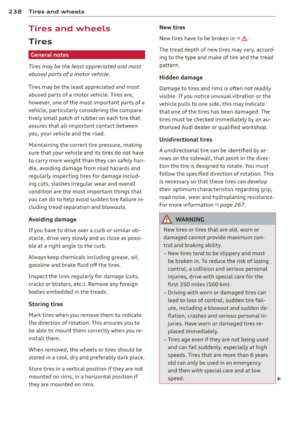 240
240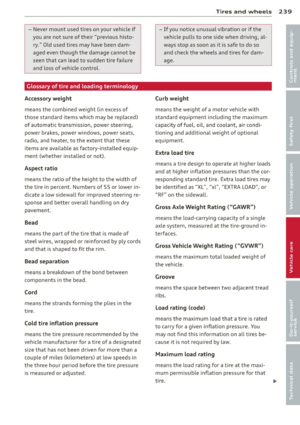 241
241 242
242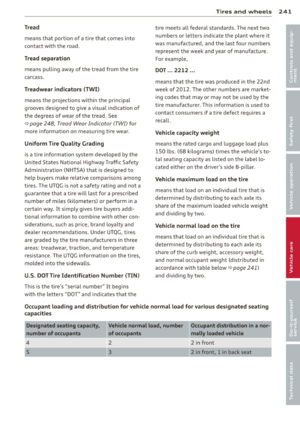 243
243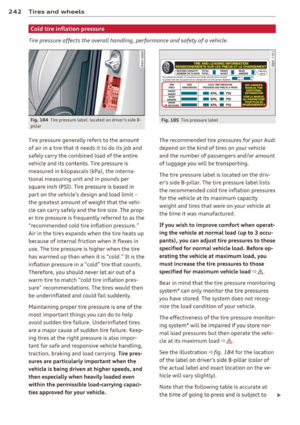 244
244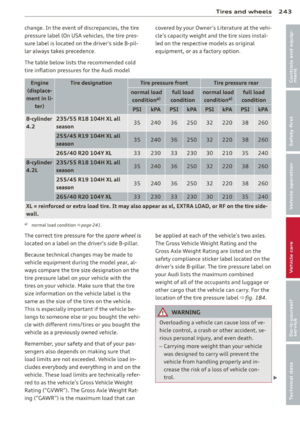 245
245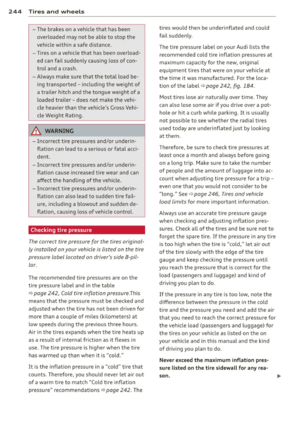 246
246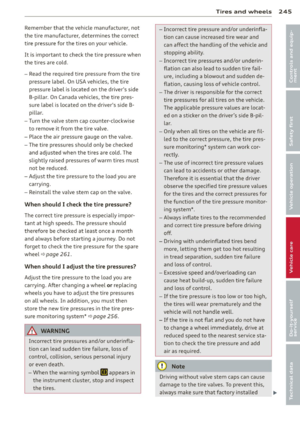 247
247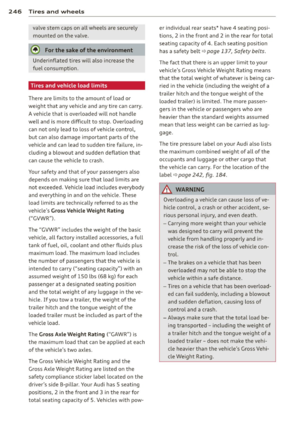 248
248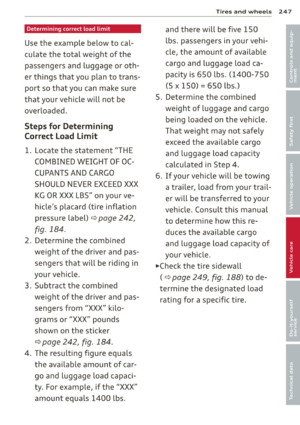 249
249 250
250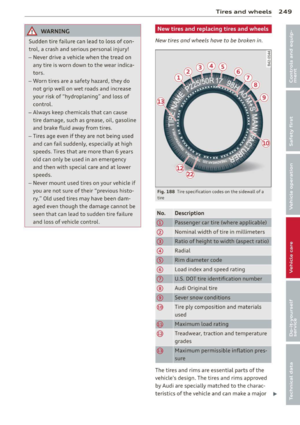 251
251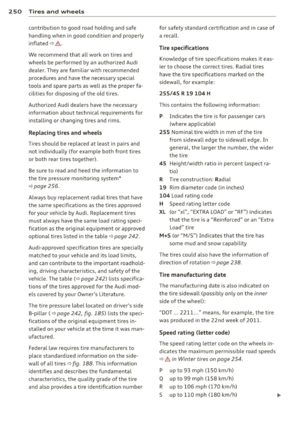 252
252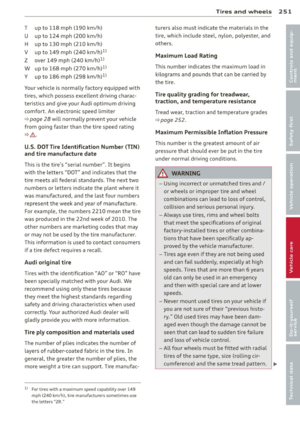 253
253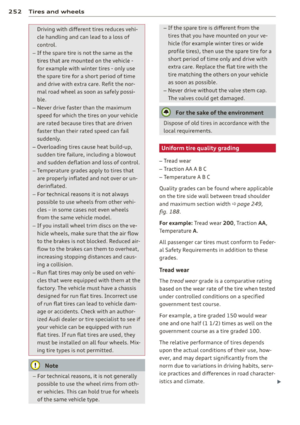 254
254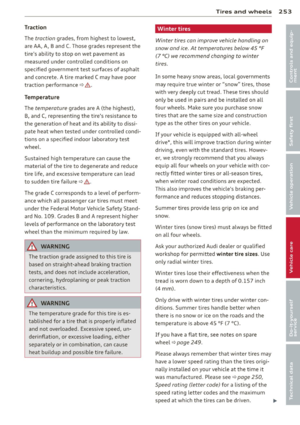 255
255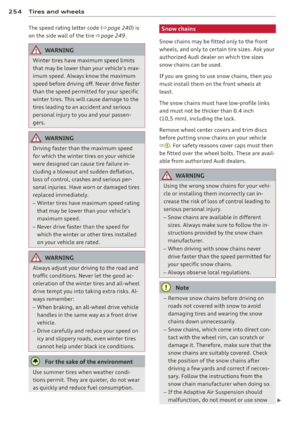 256
256 257
257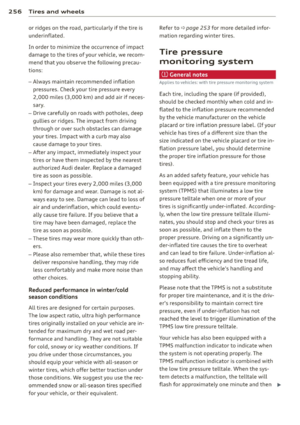 258
258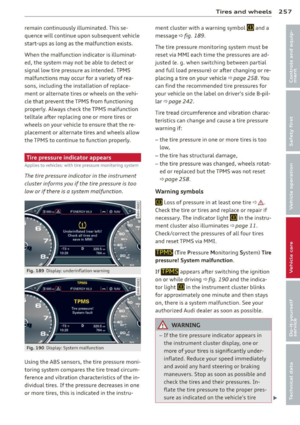 259
259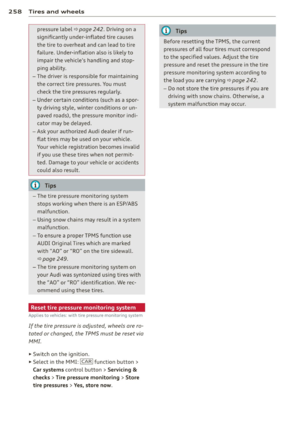 260
260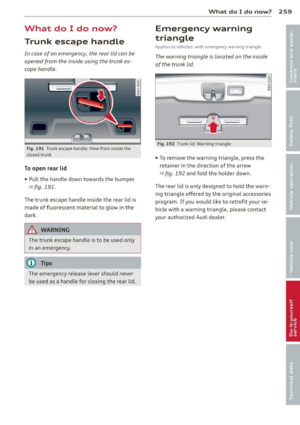 261
261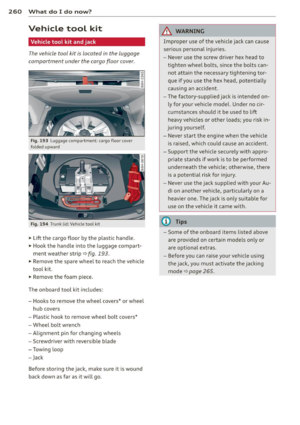 262
262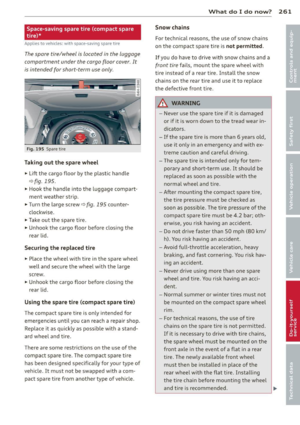 263
263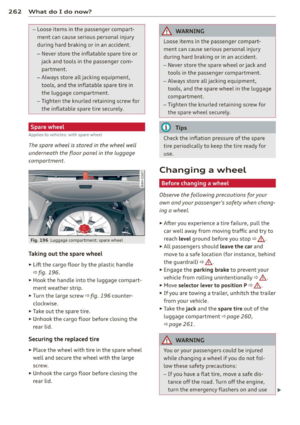 264
264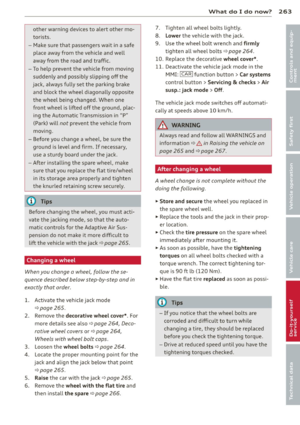 265
265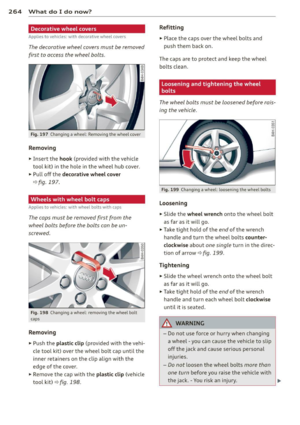 266
266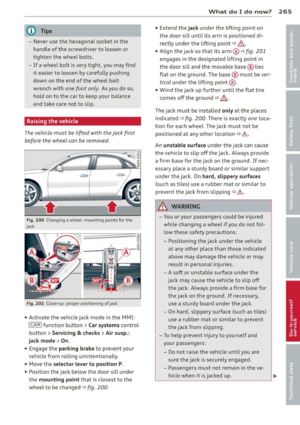 267
267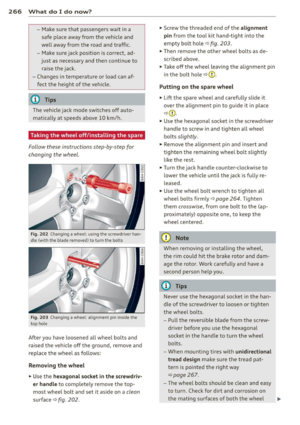 268
268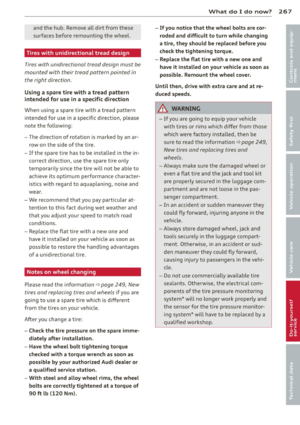 269
269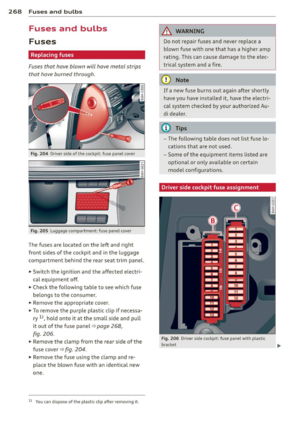 270
270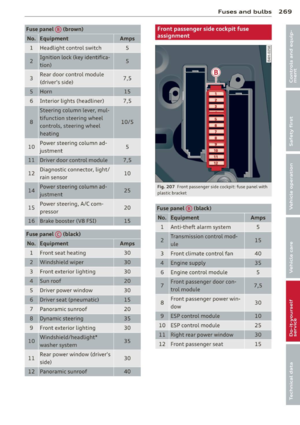 271
271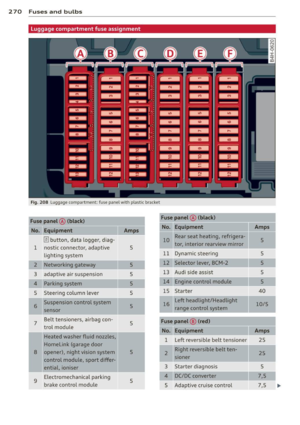 272
272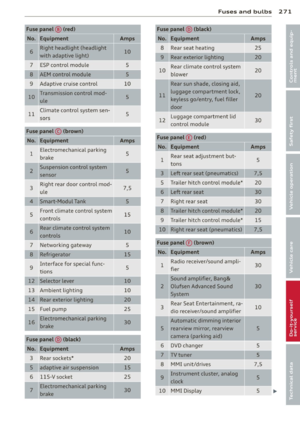 273
273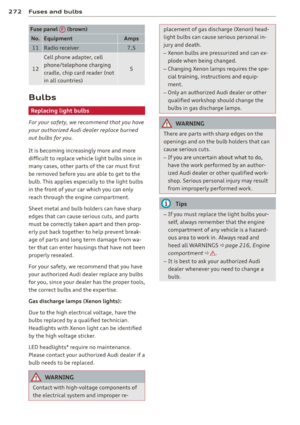 274
274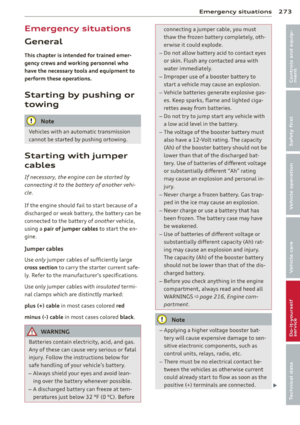 275
275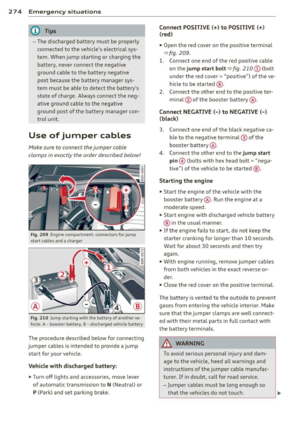 276
276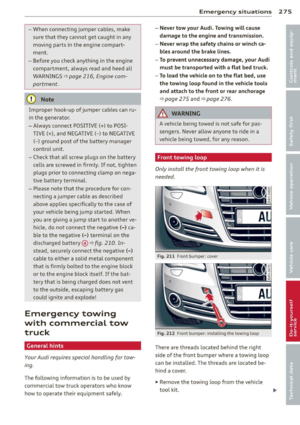 277
277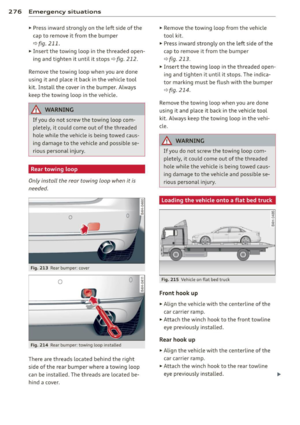 278
278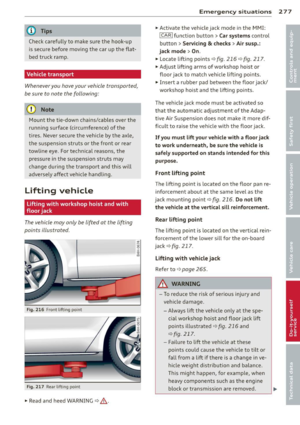 279
279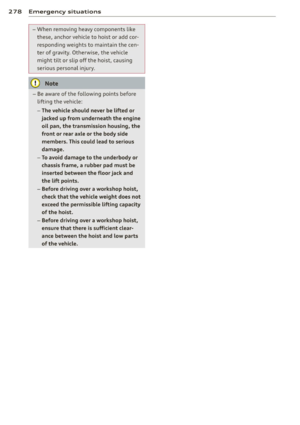 280
280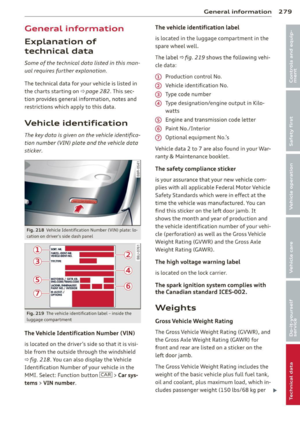 281
281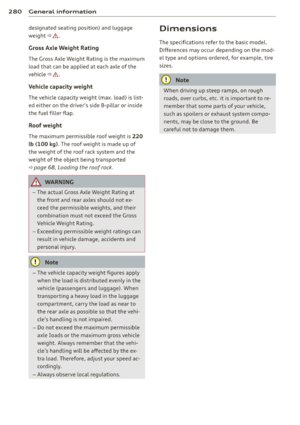 282
282 283
283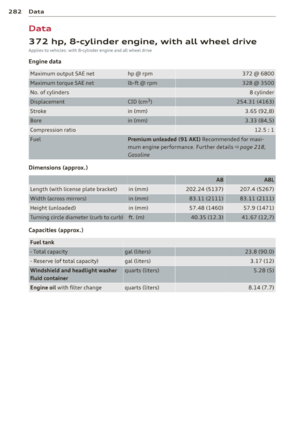 284
284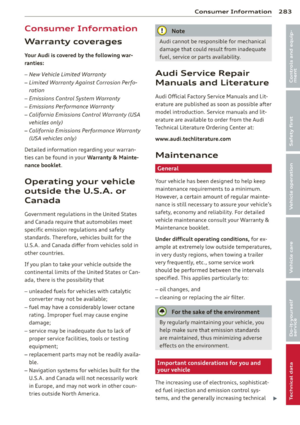 285
285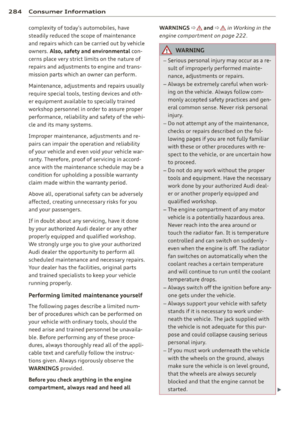 286
286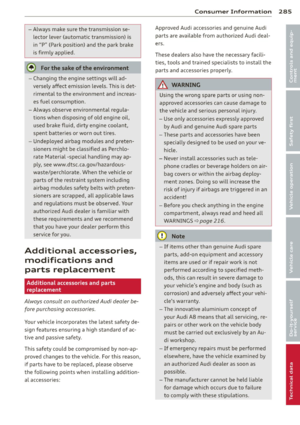 287
287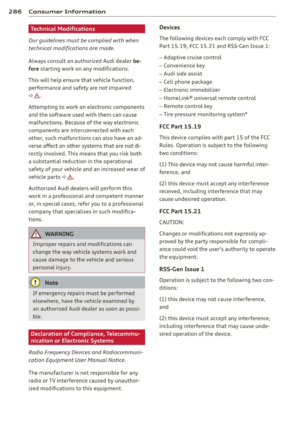 288
288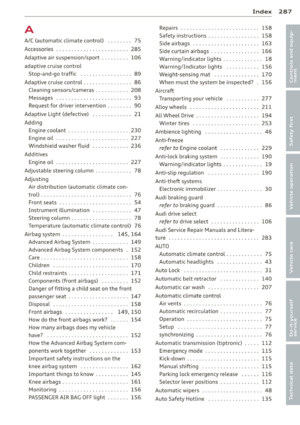 289
289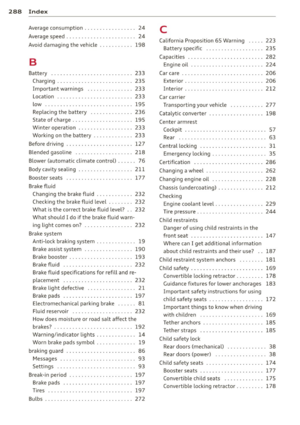 290
290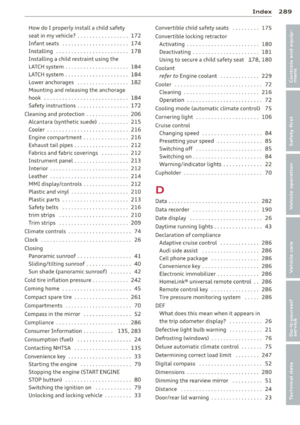 291
291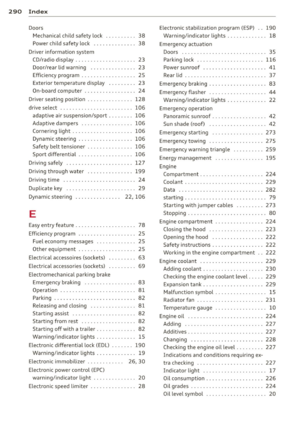 292
292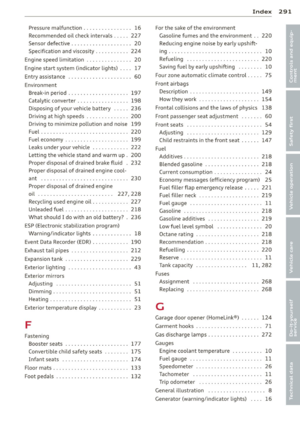 293
293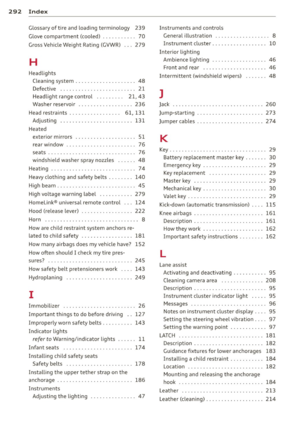 294
294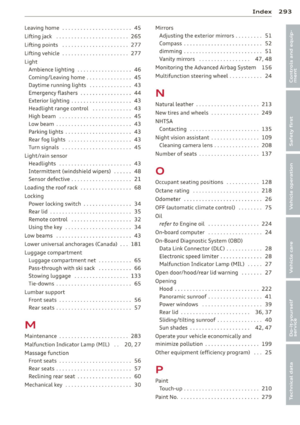 295
295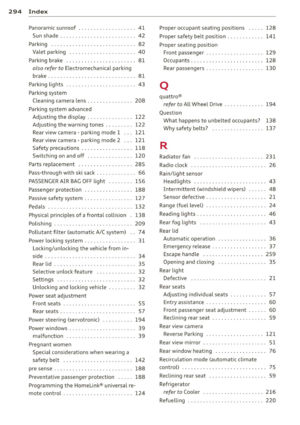 296
296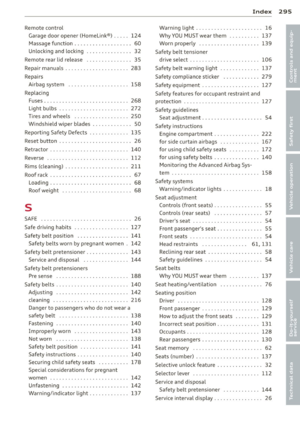 297
297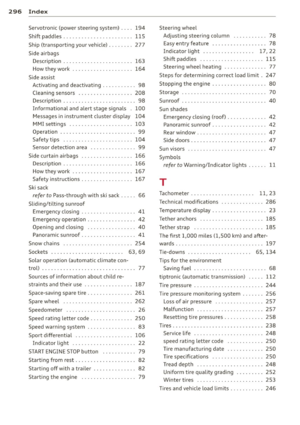 298
298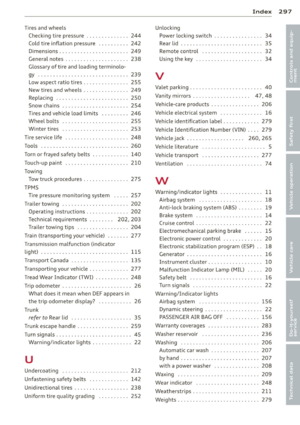 299
299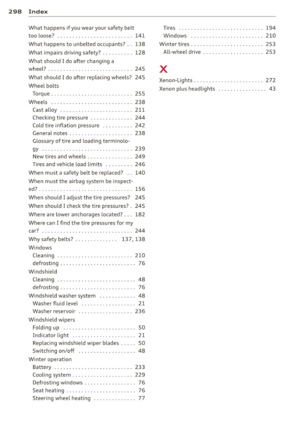 300
300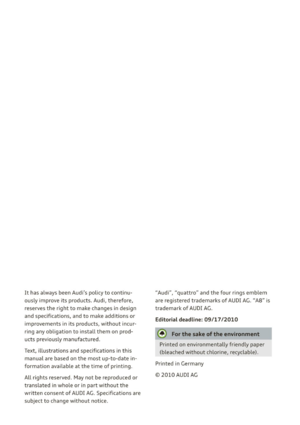 301
301






